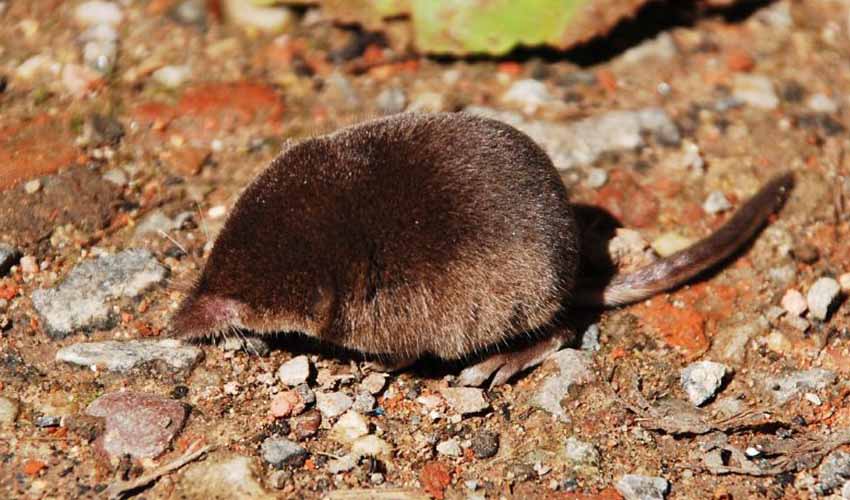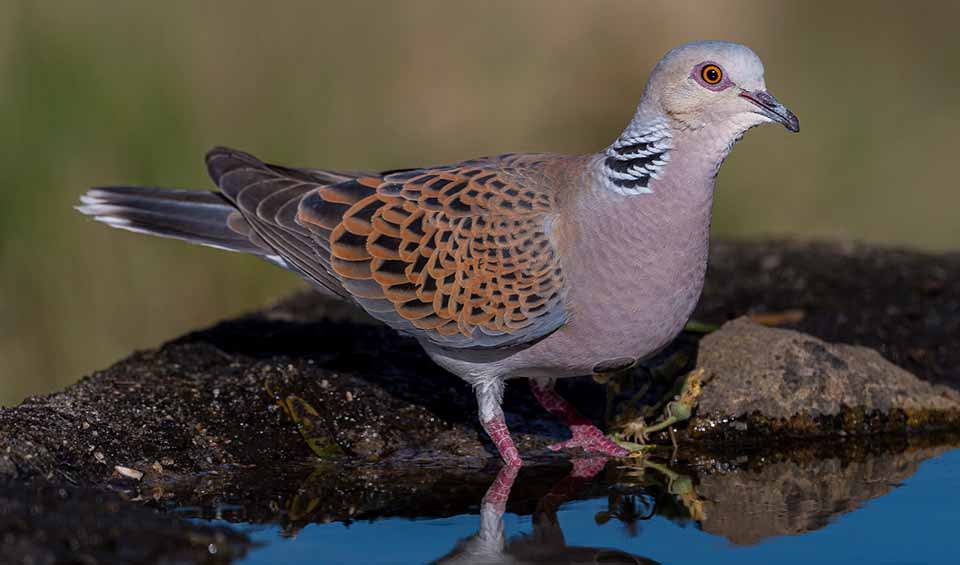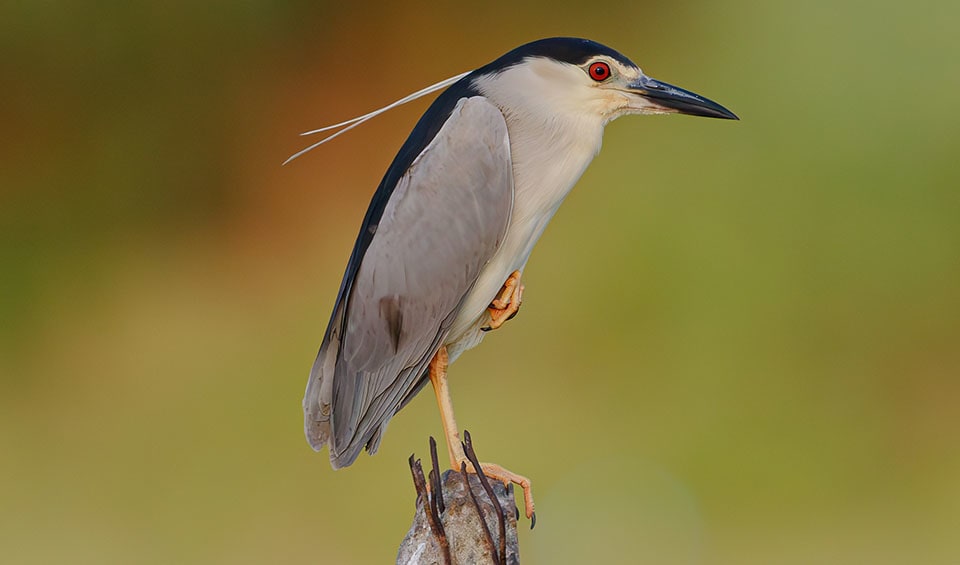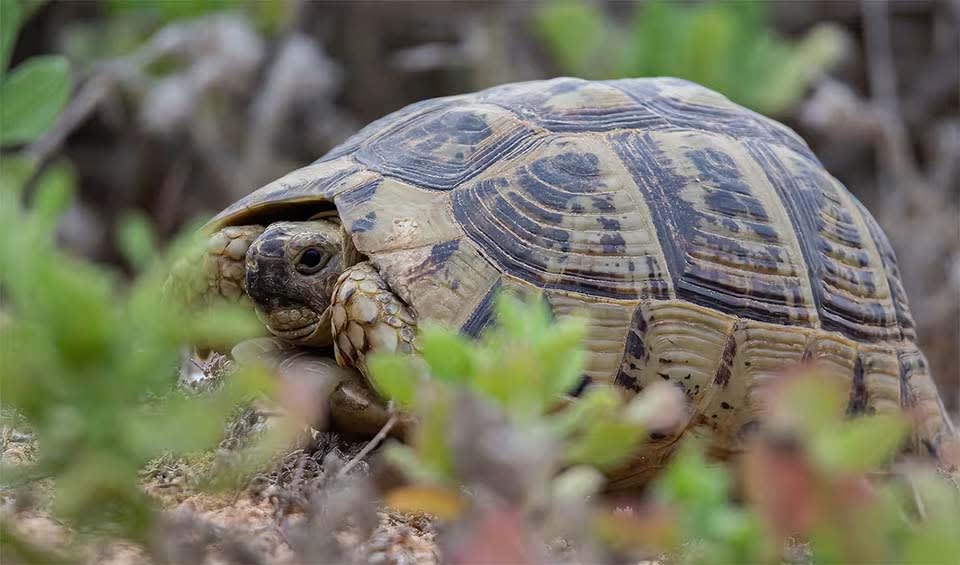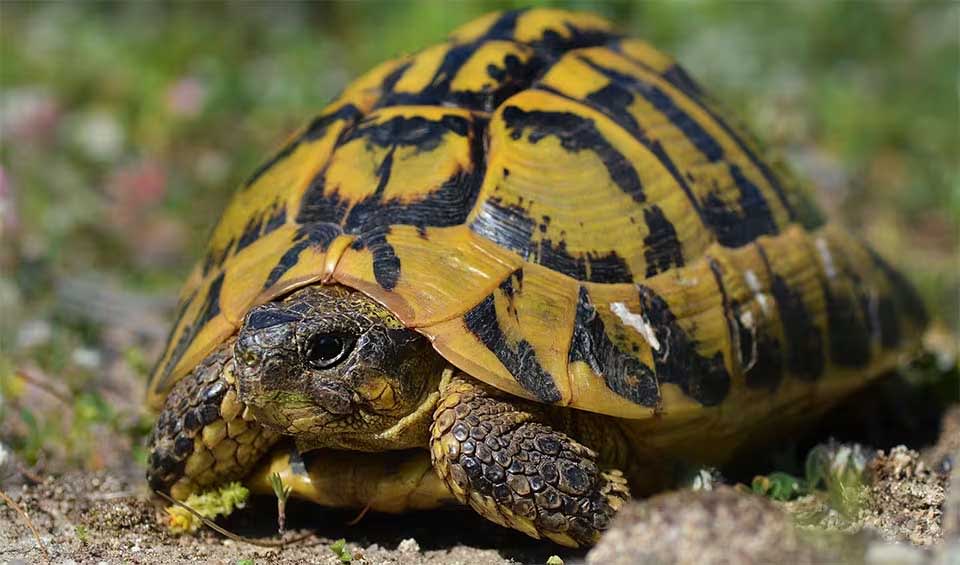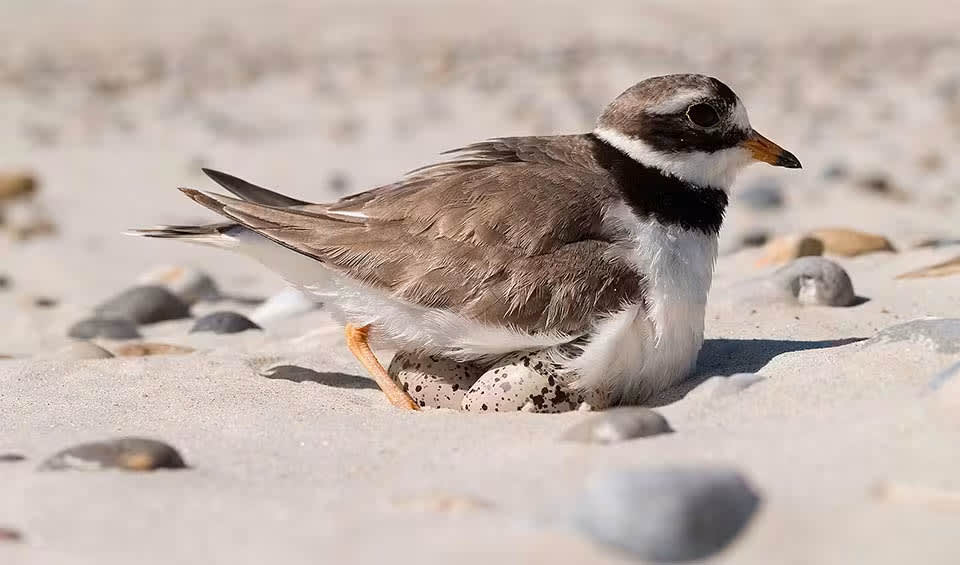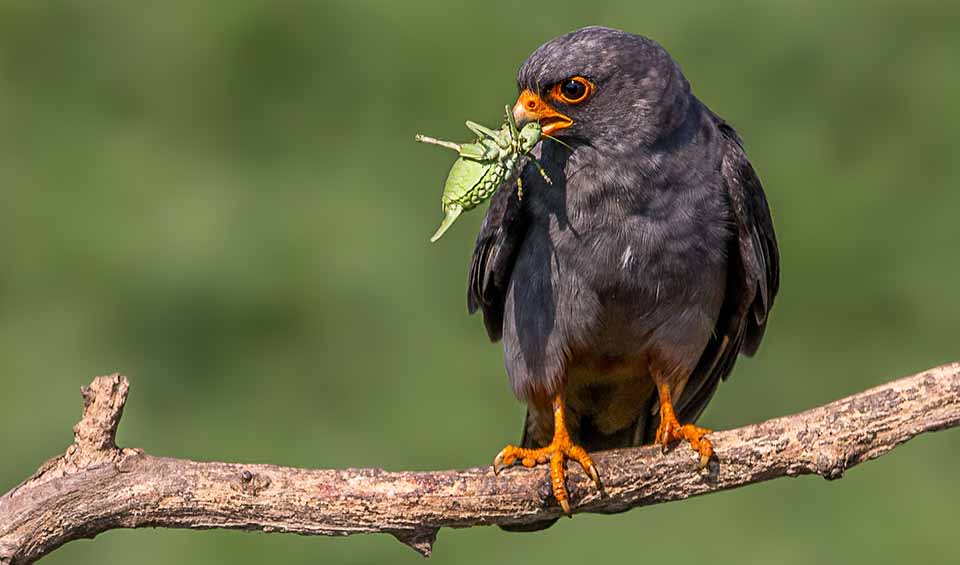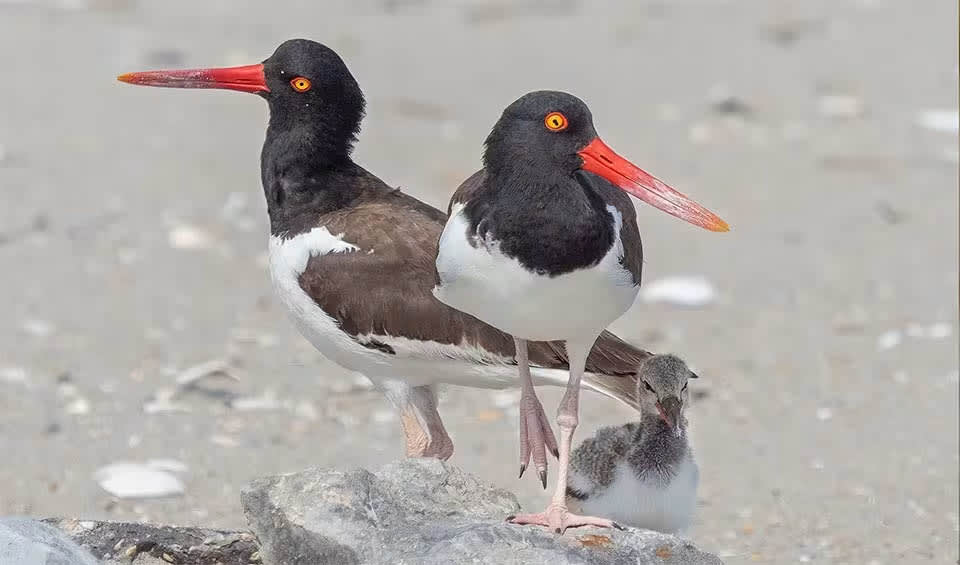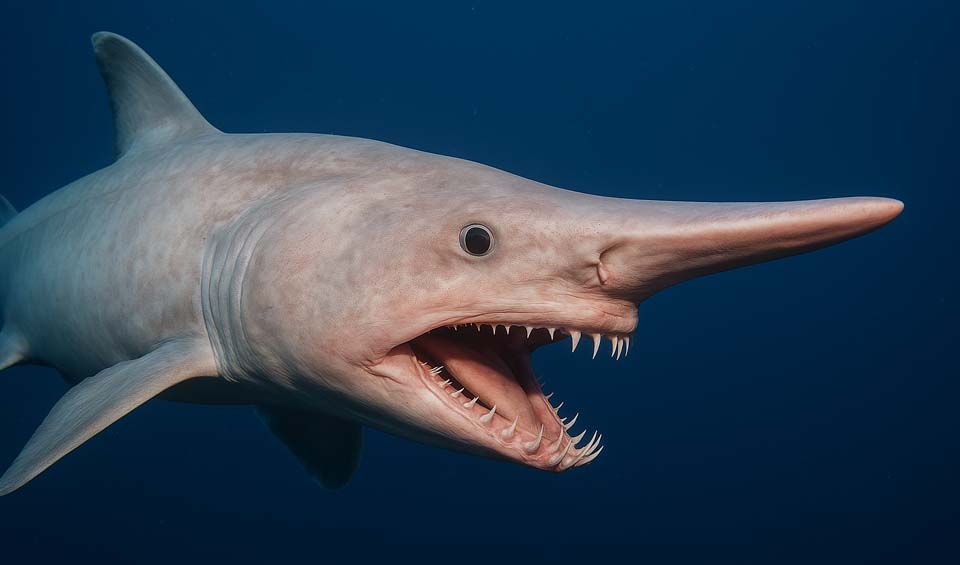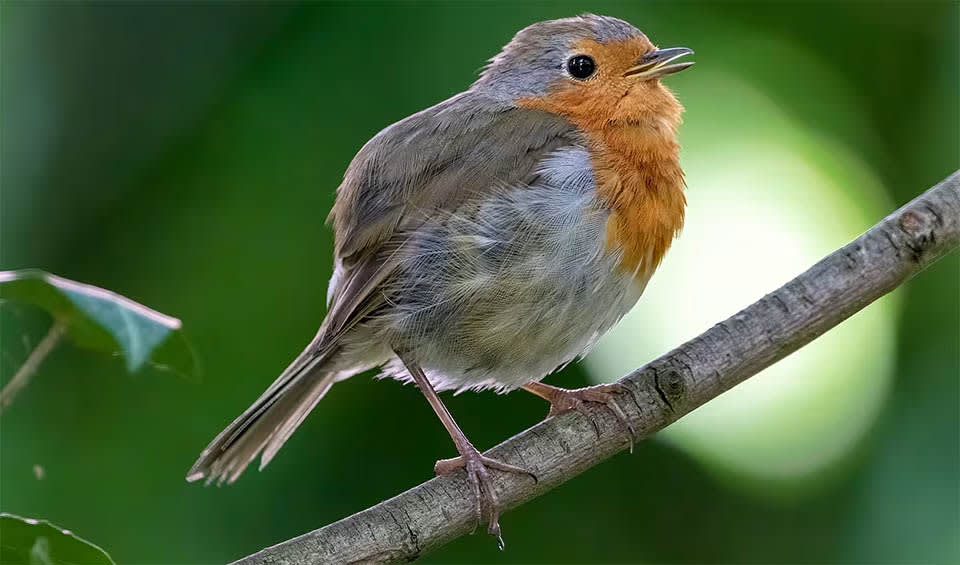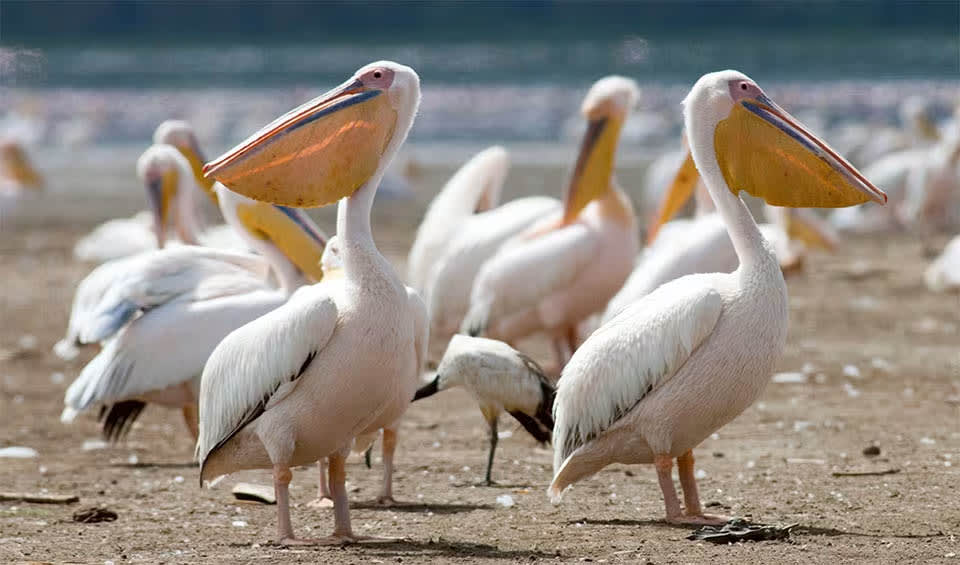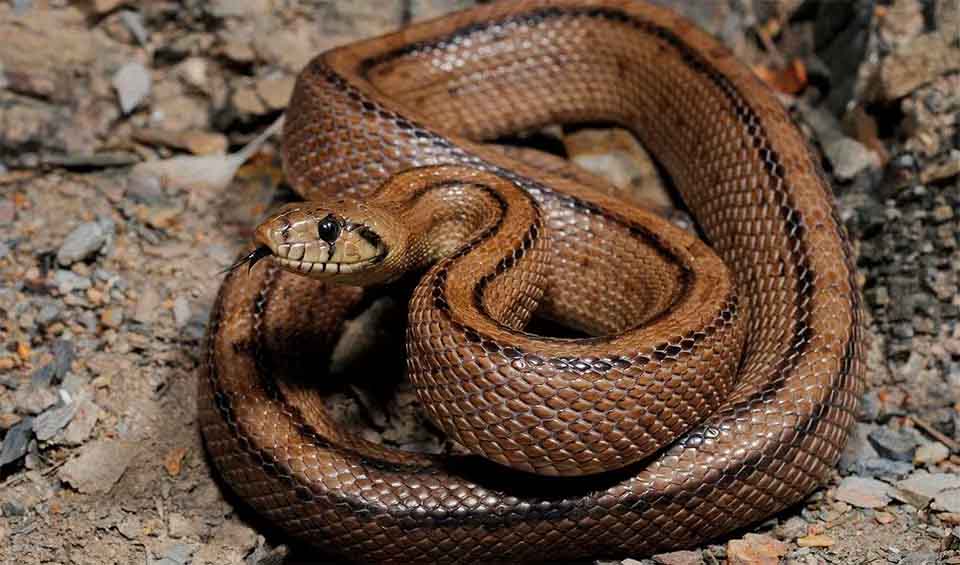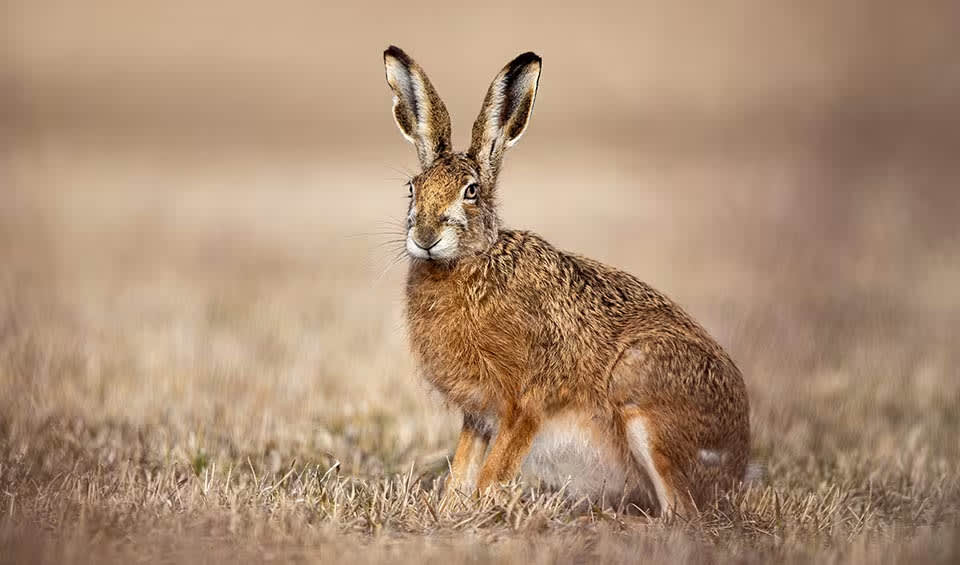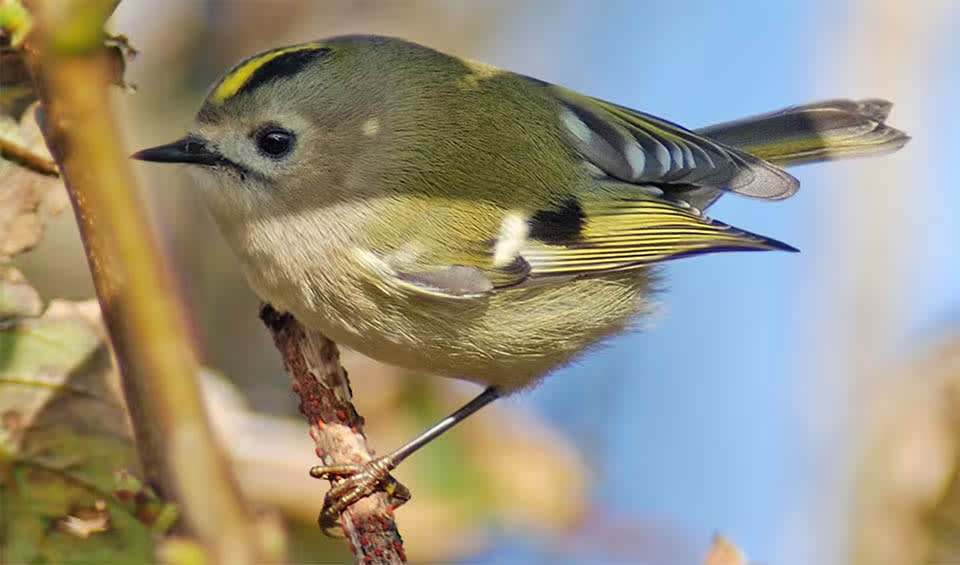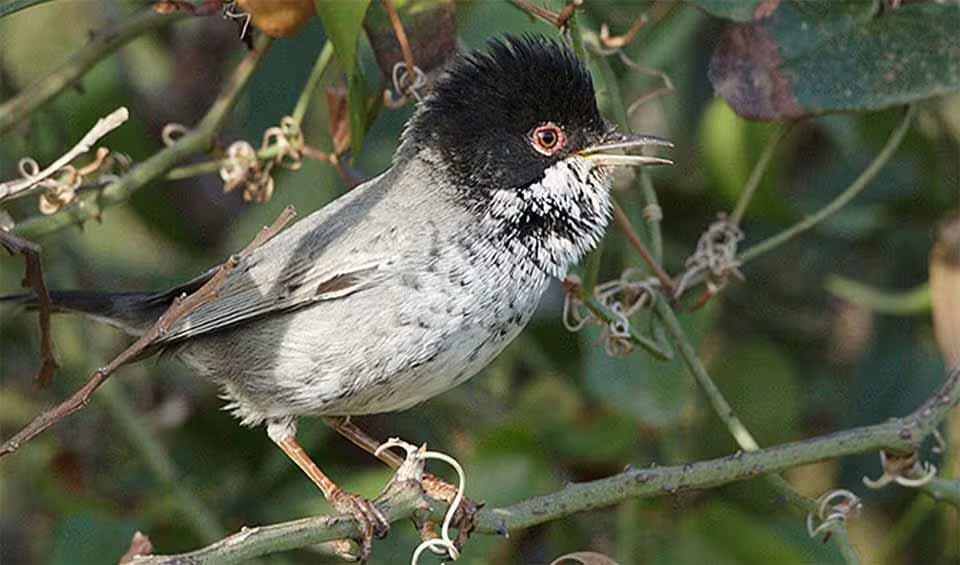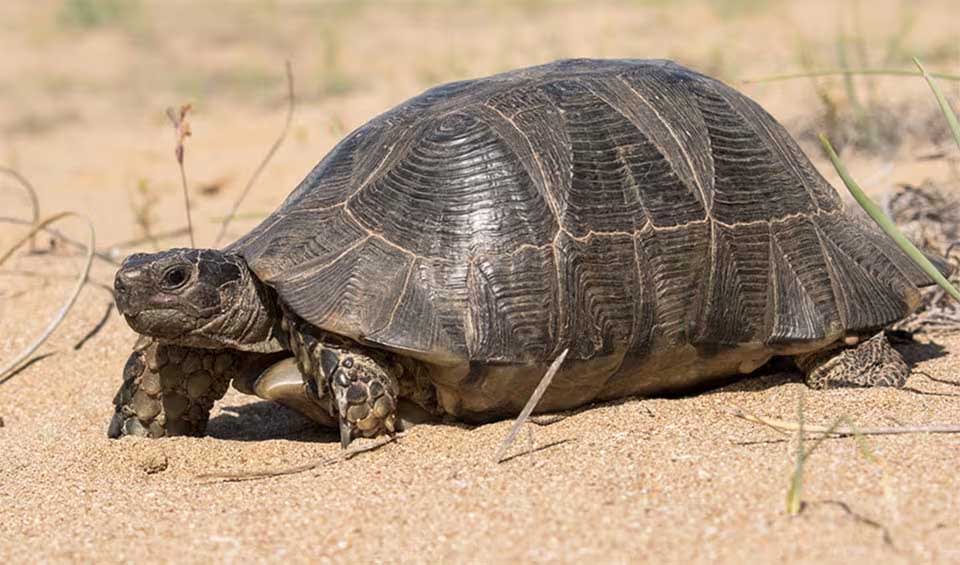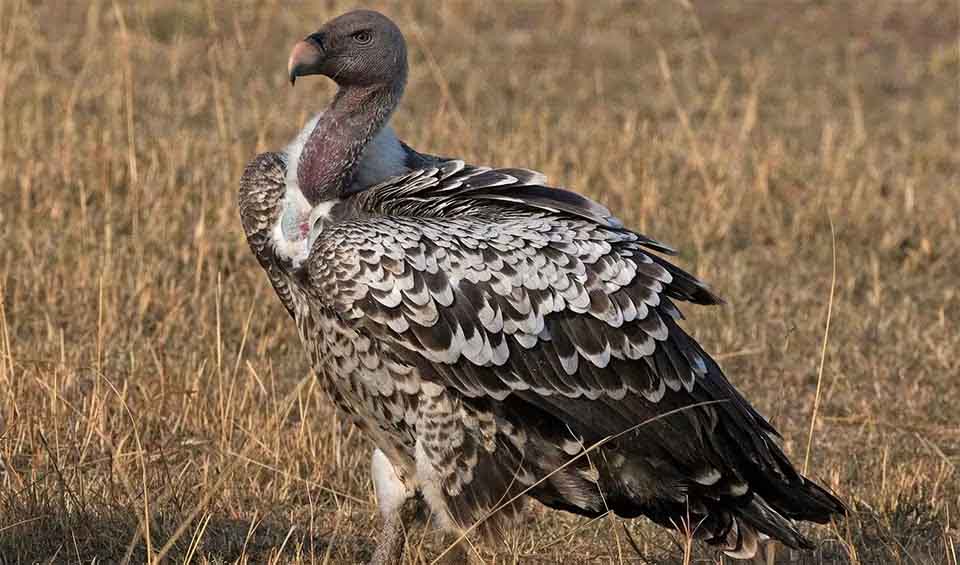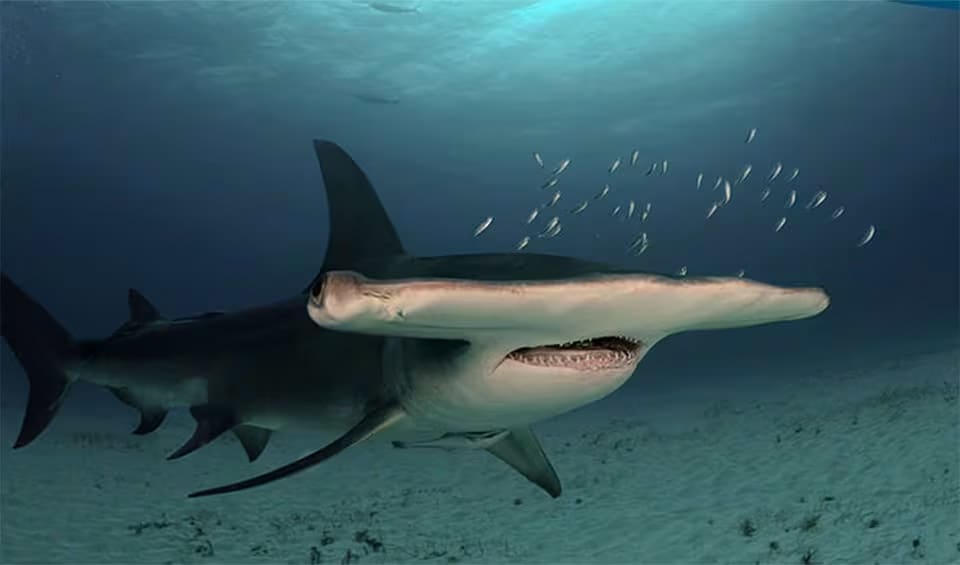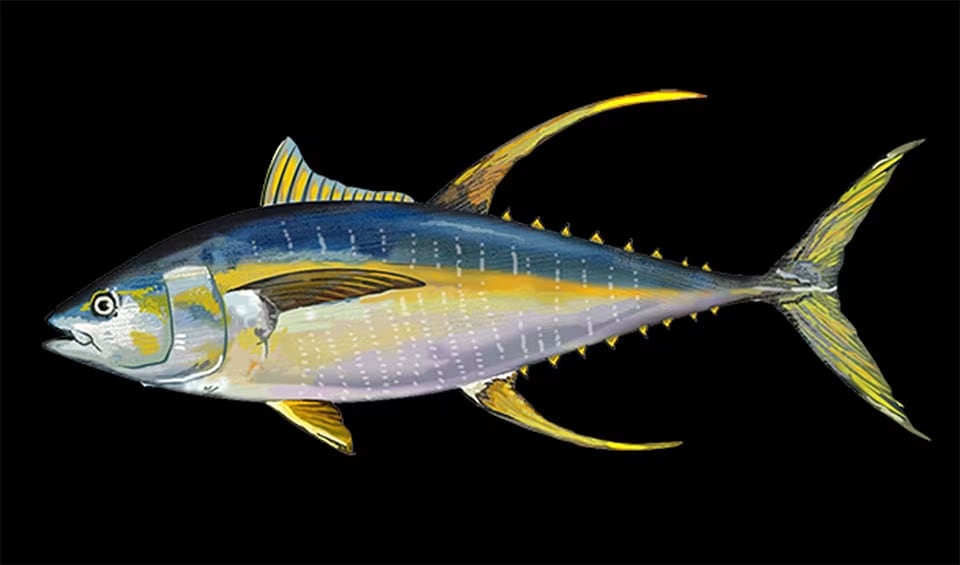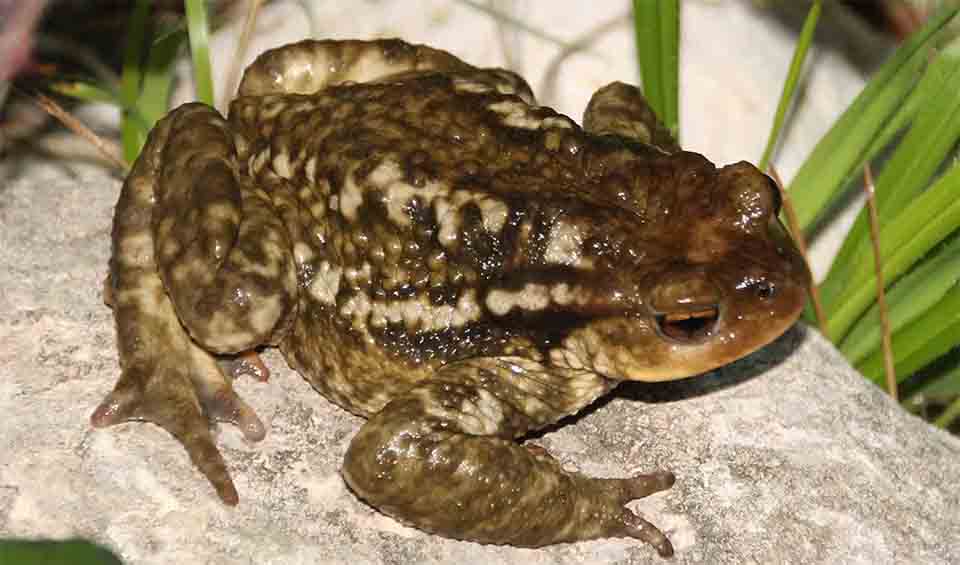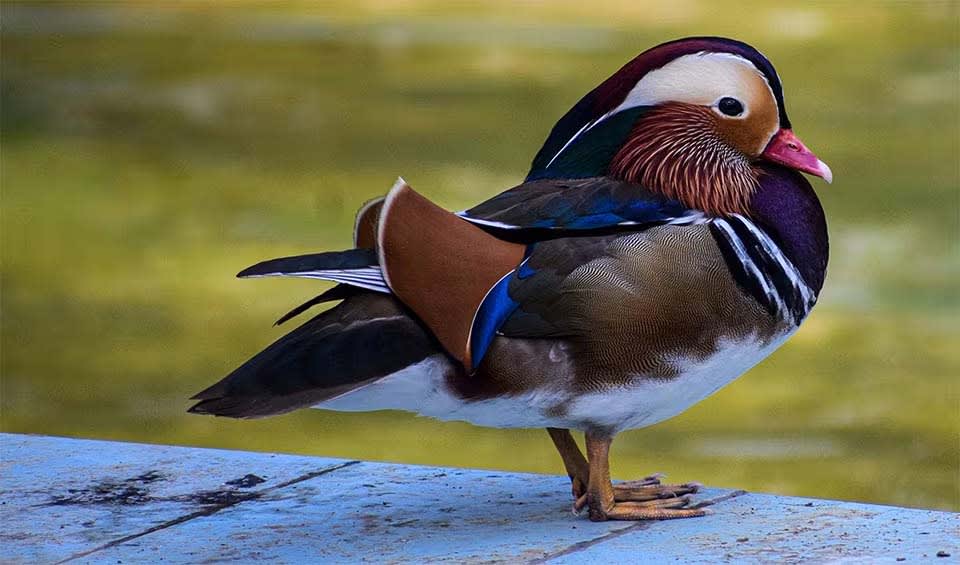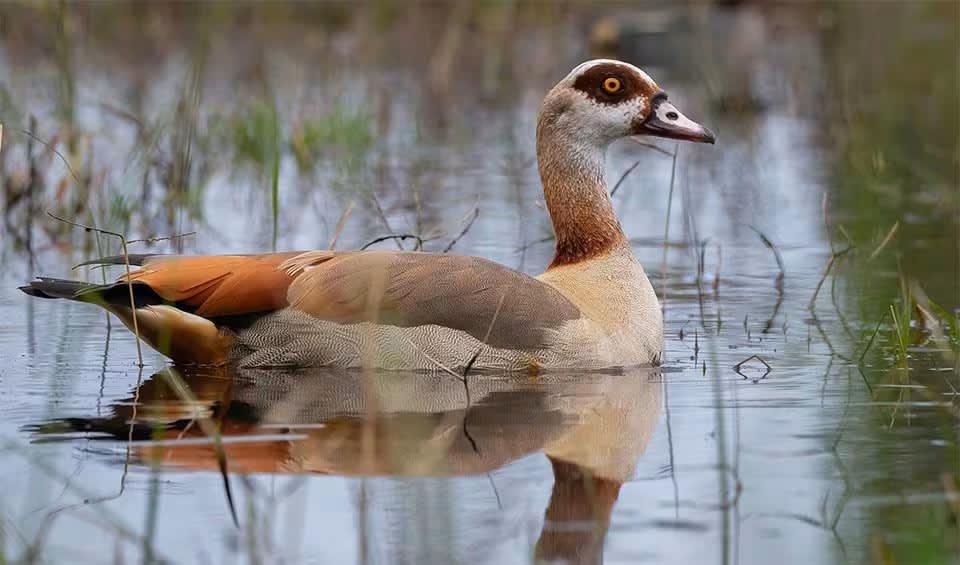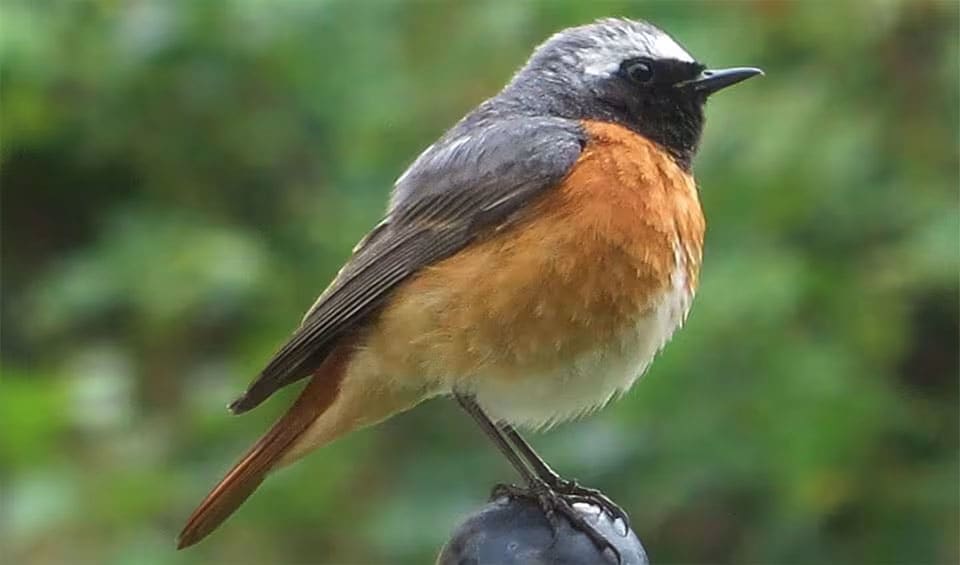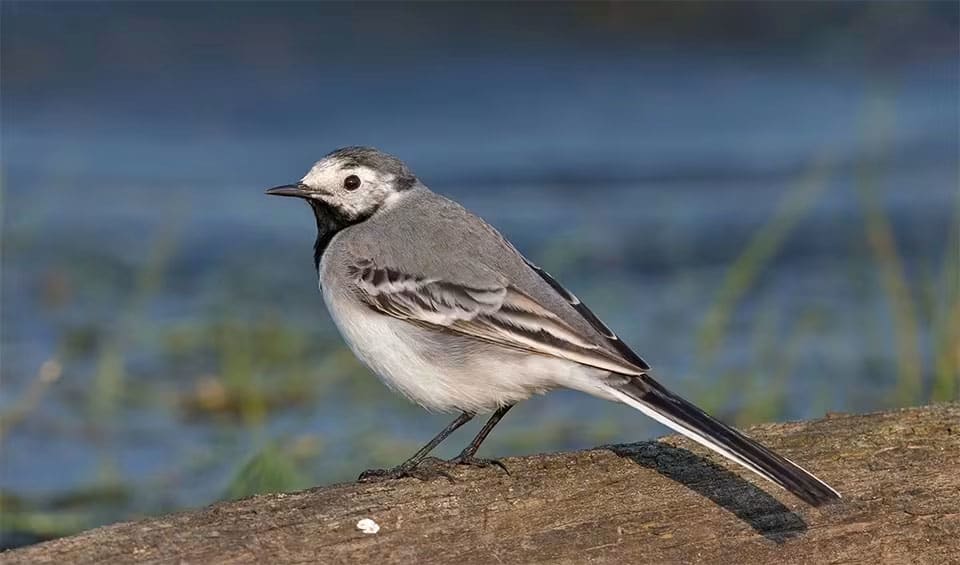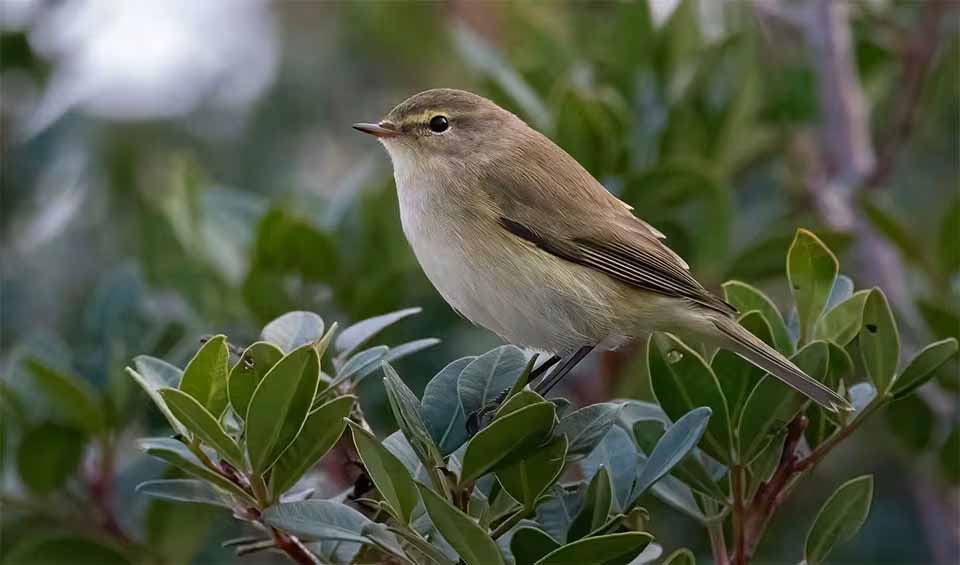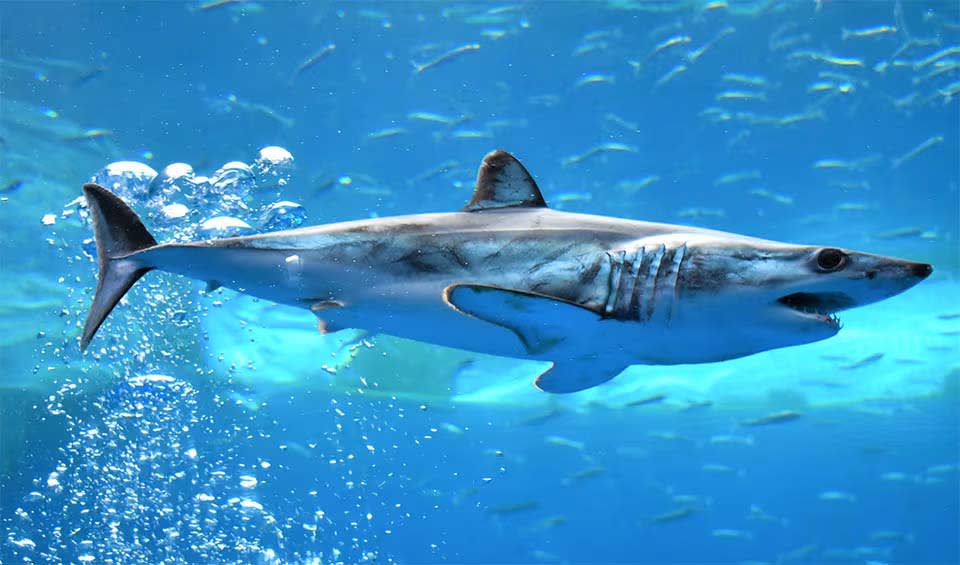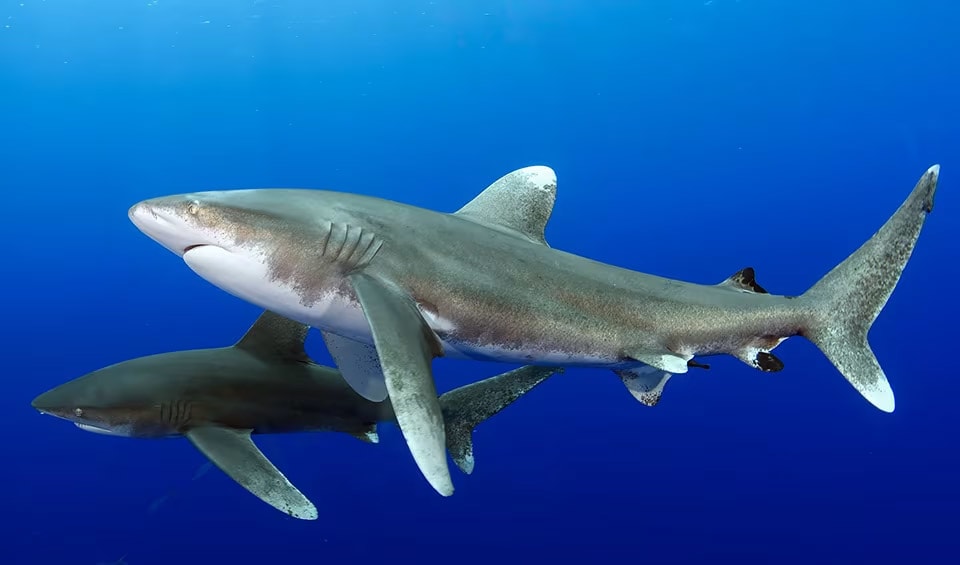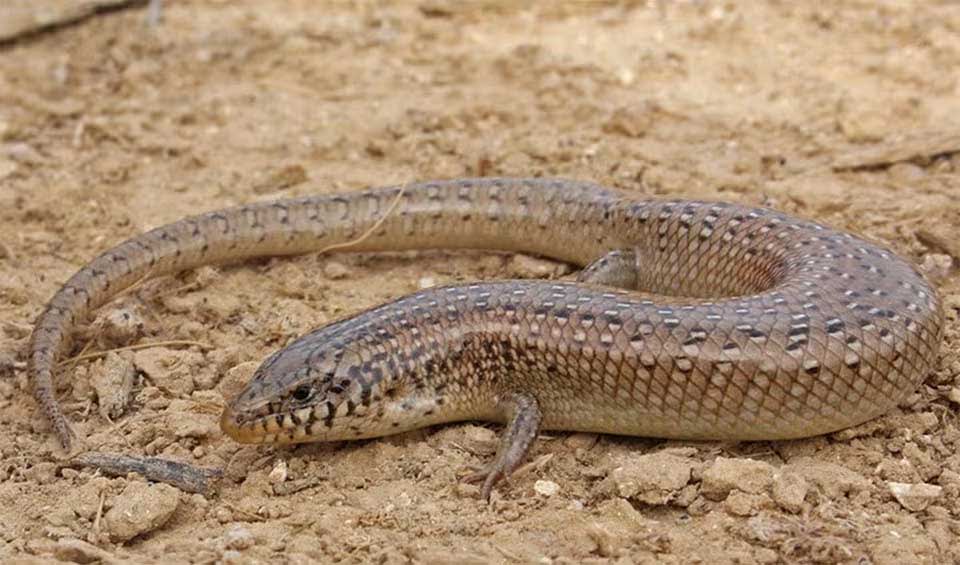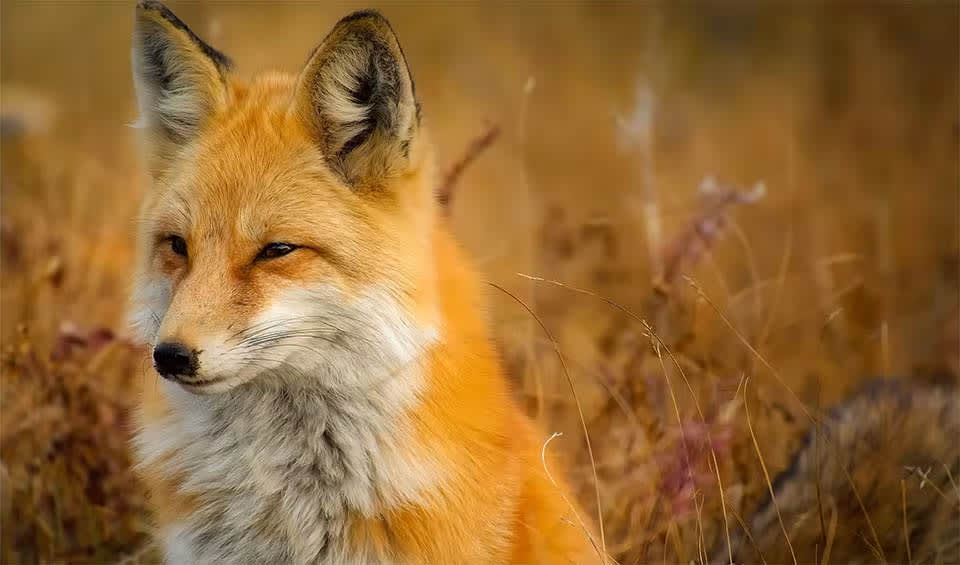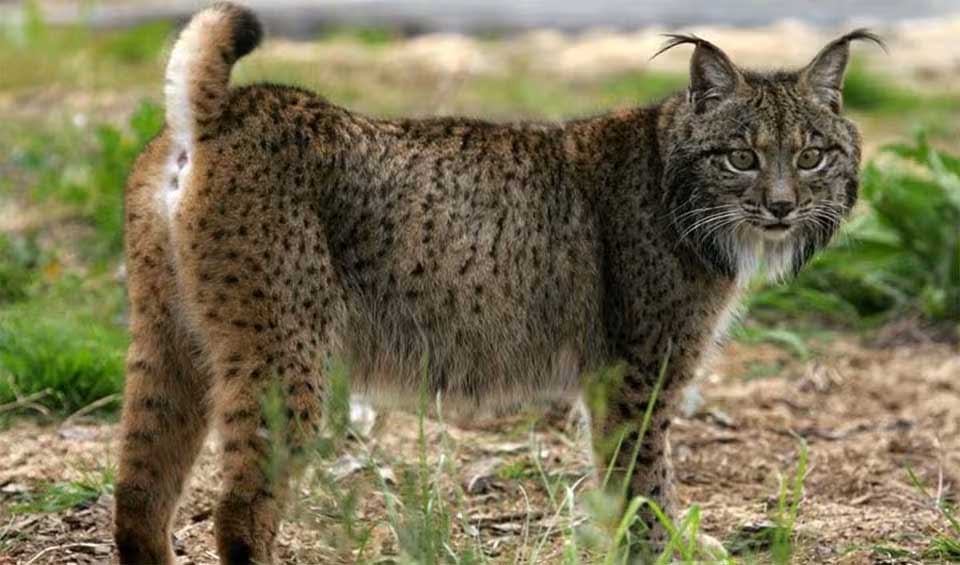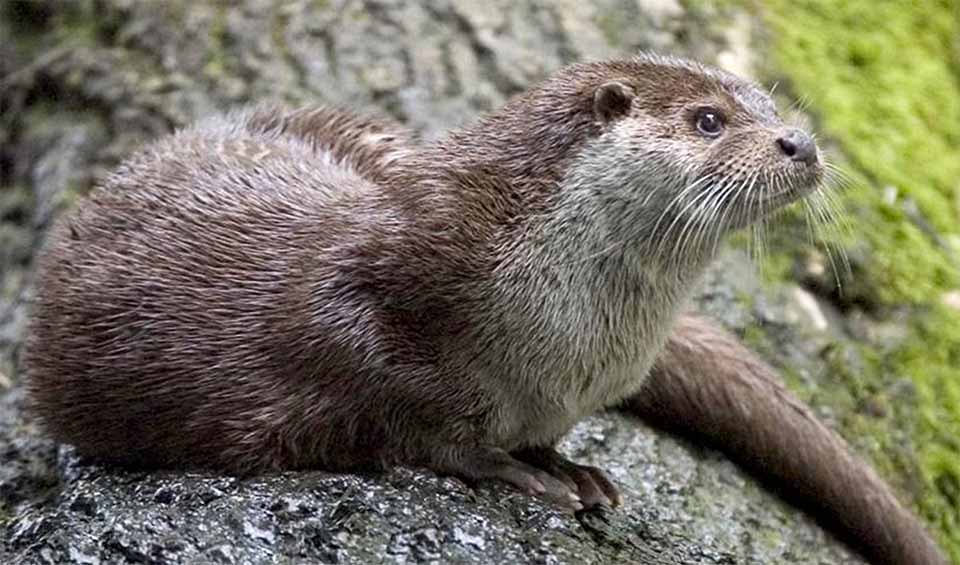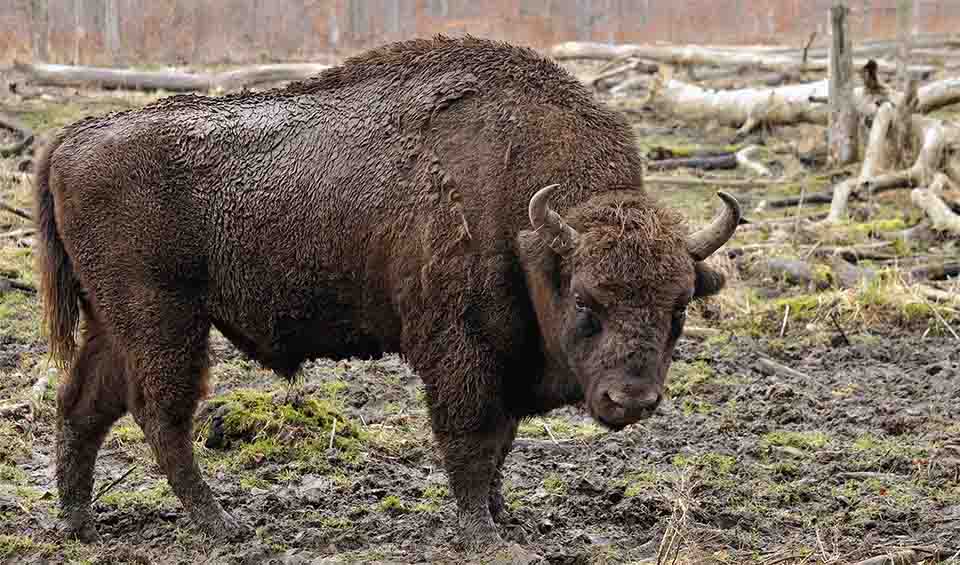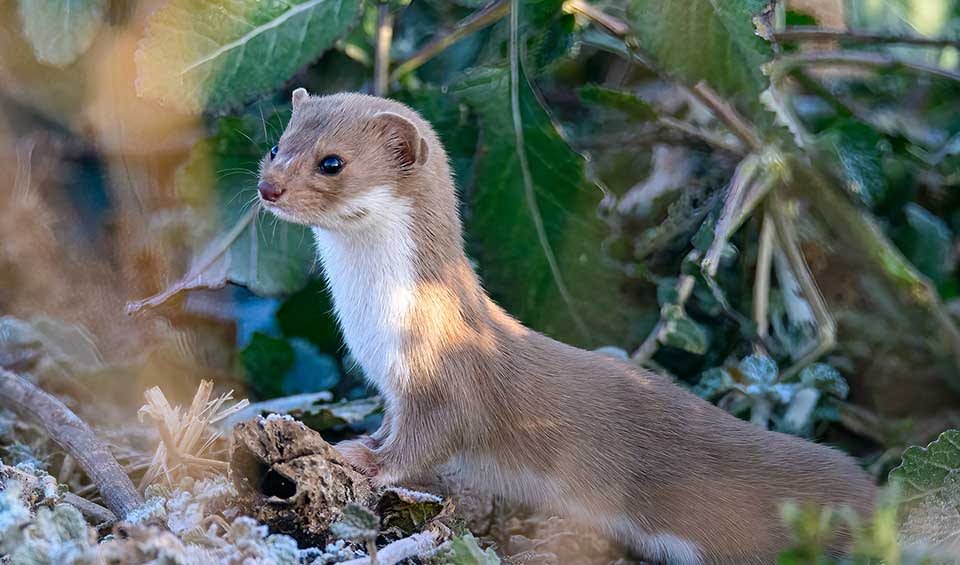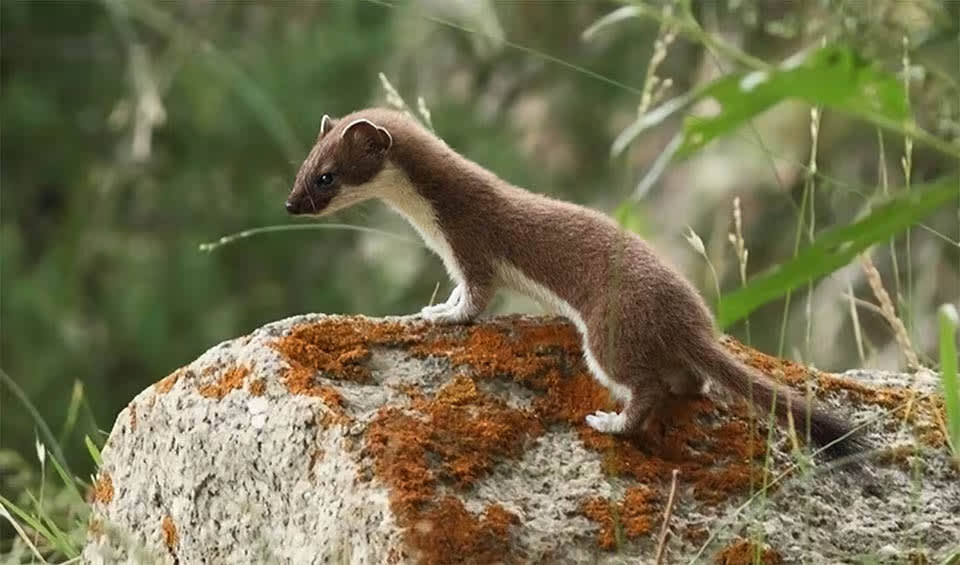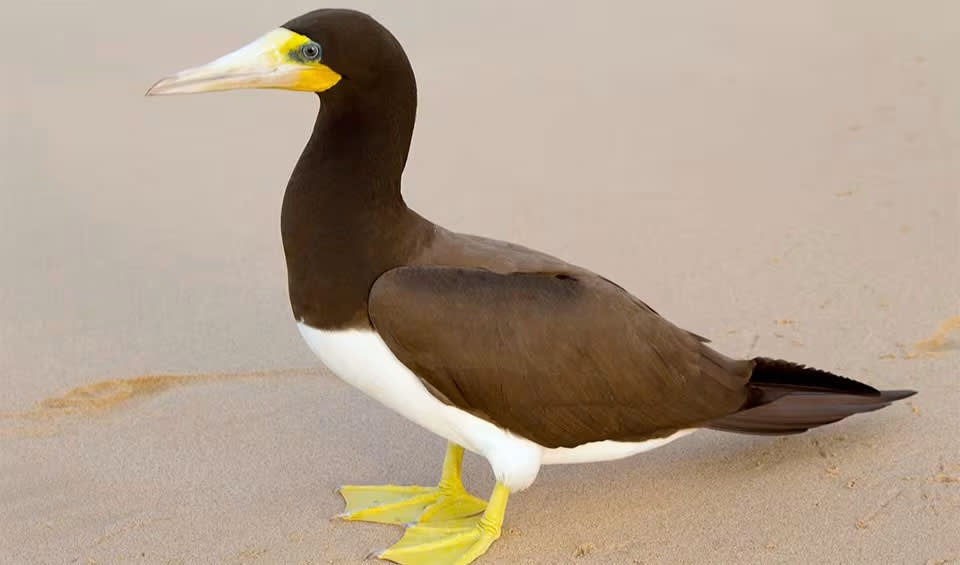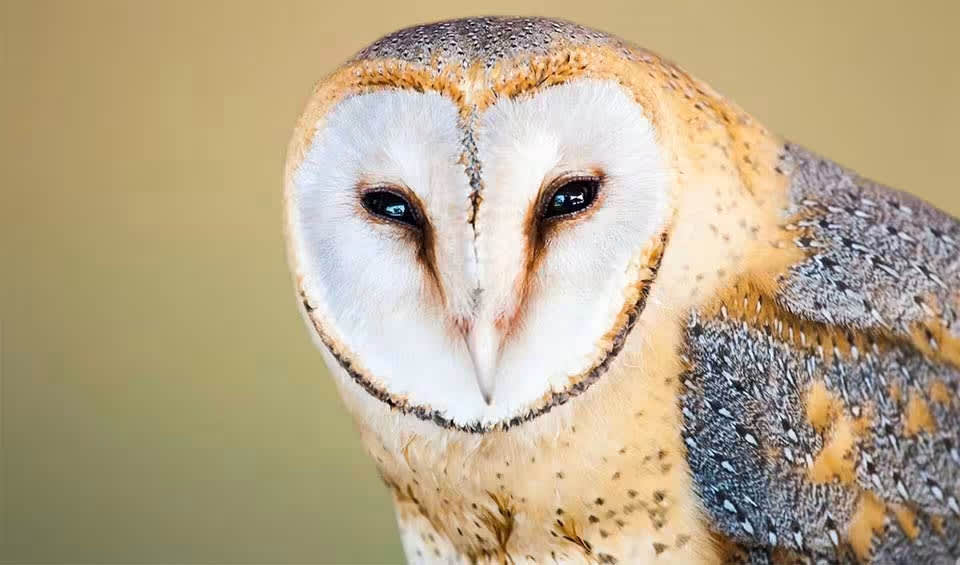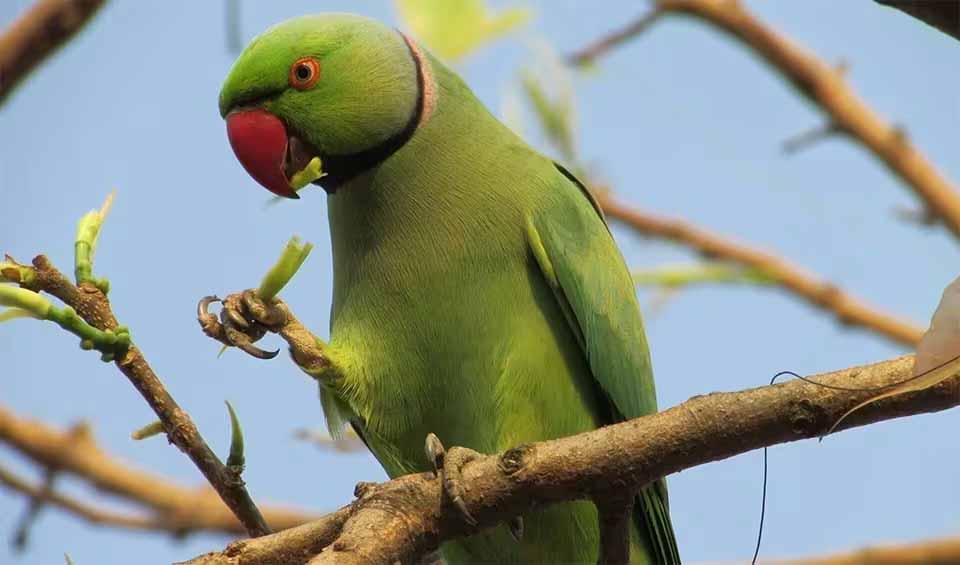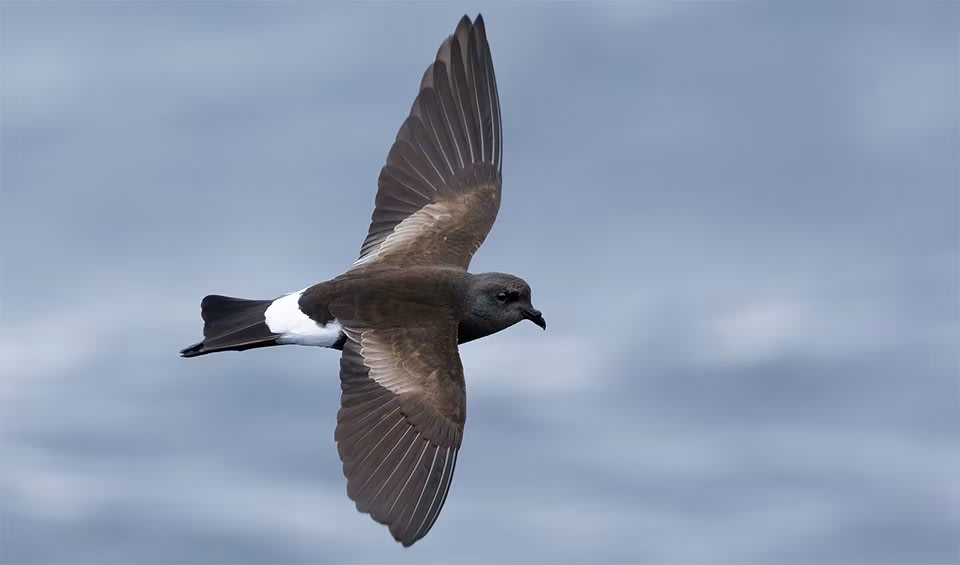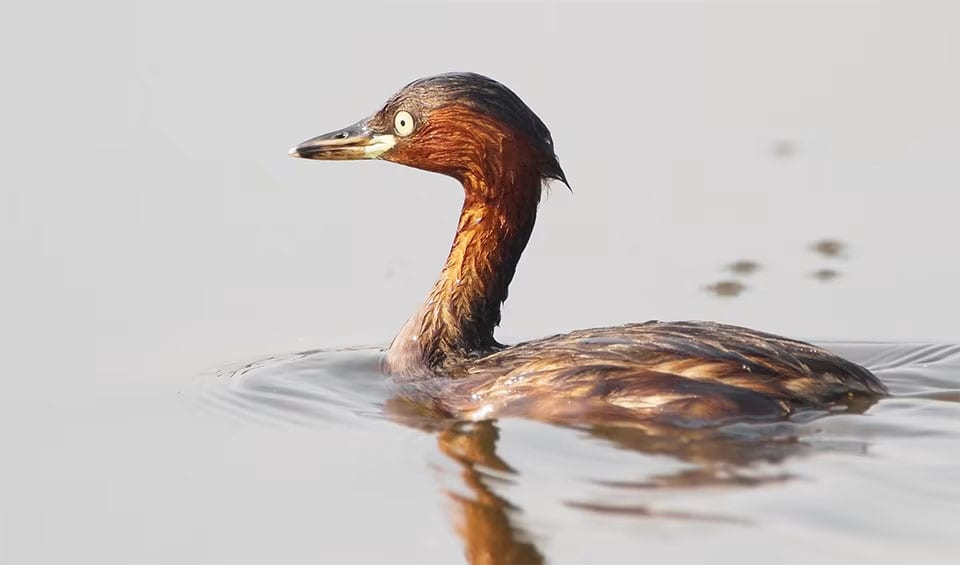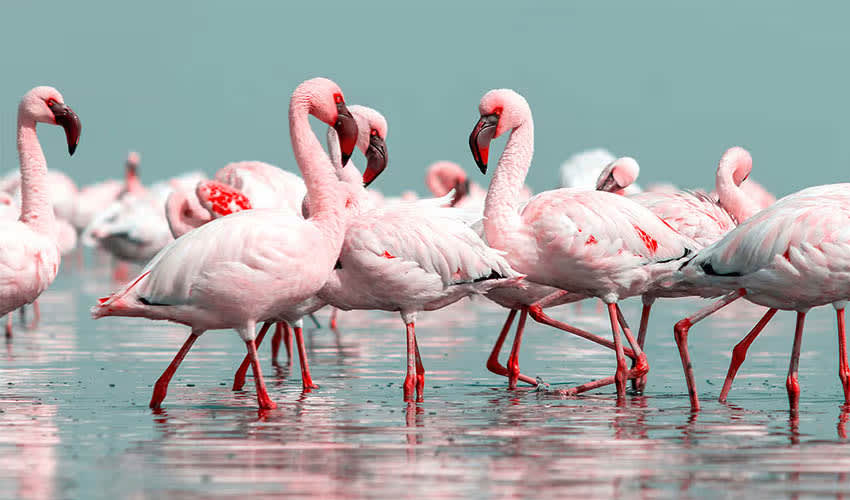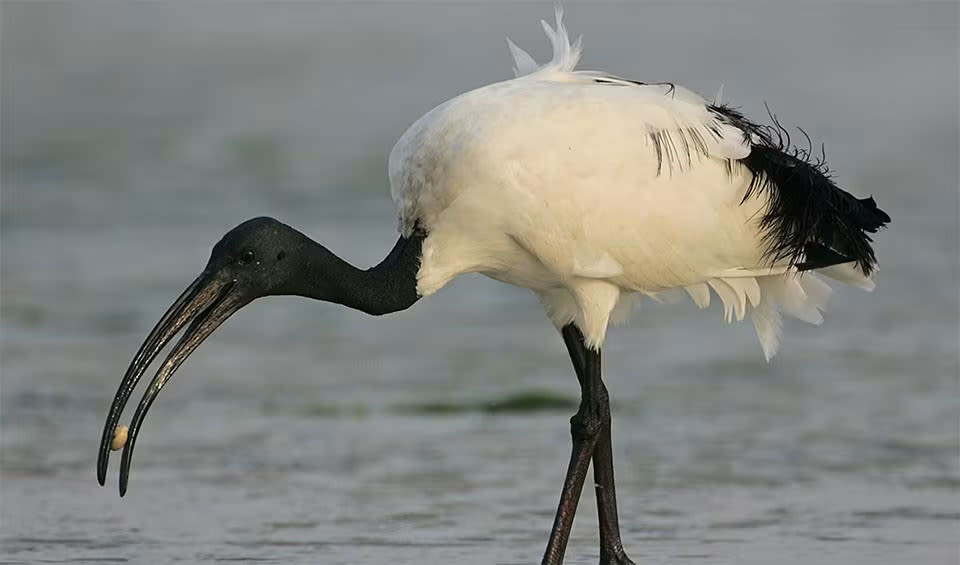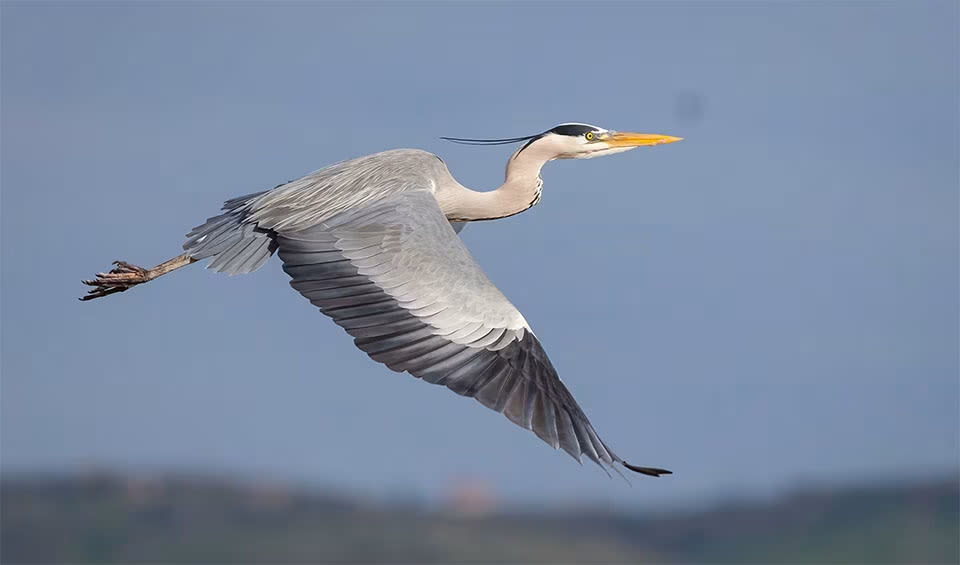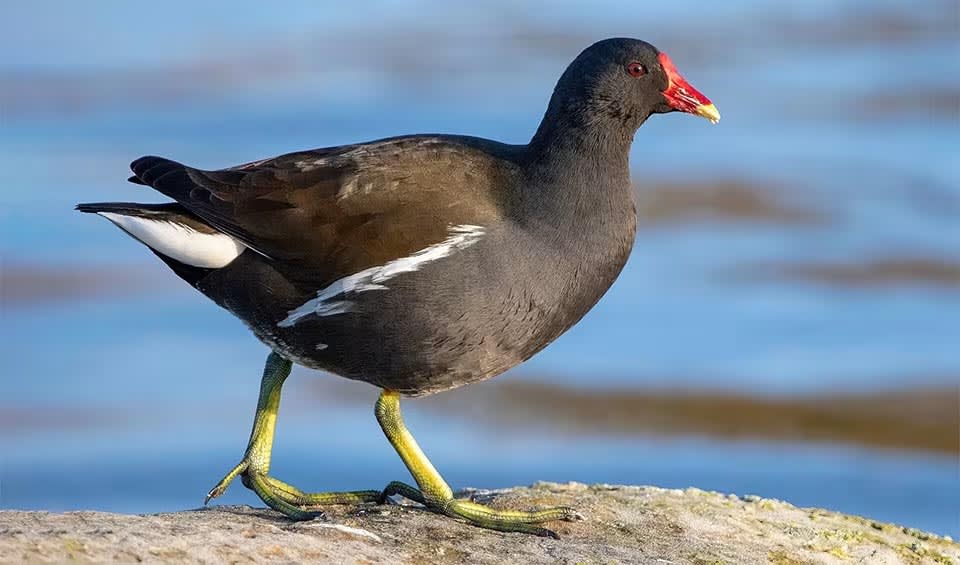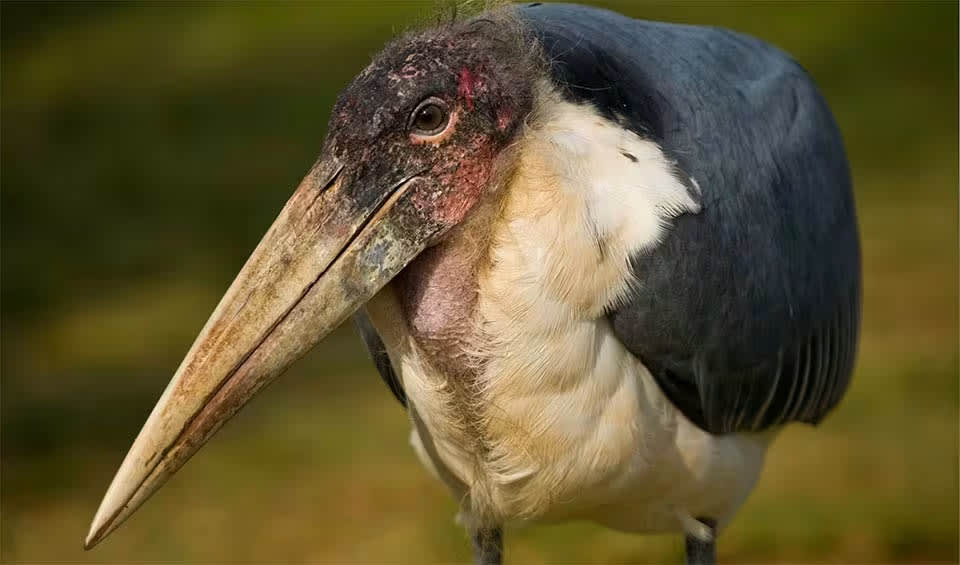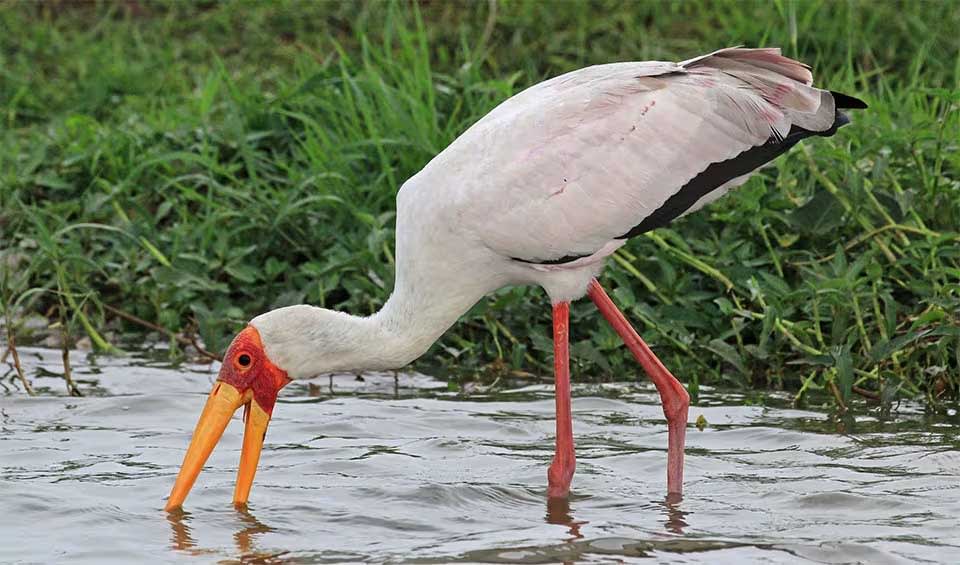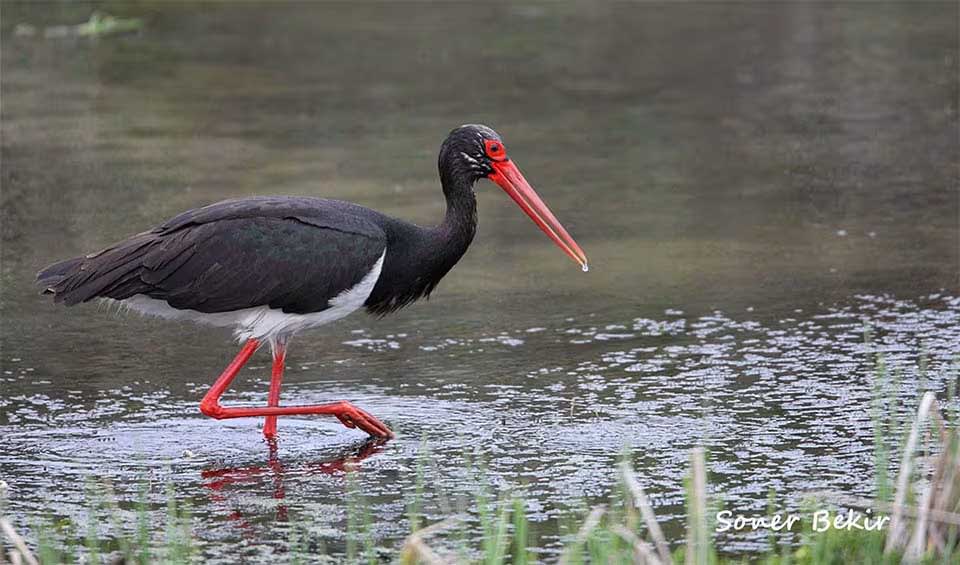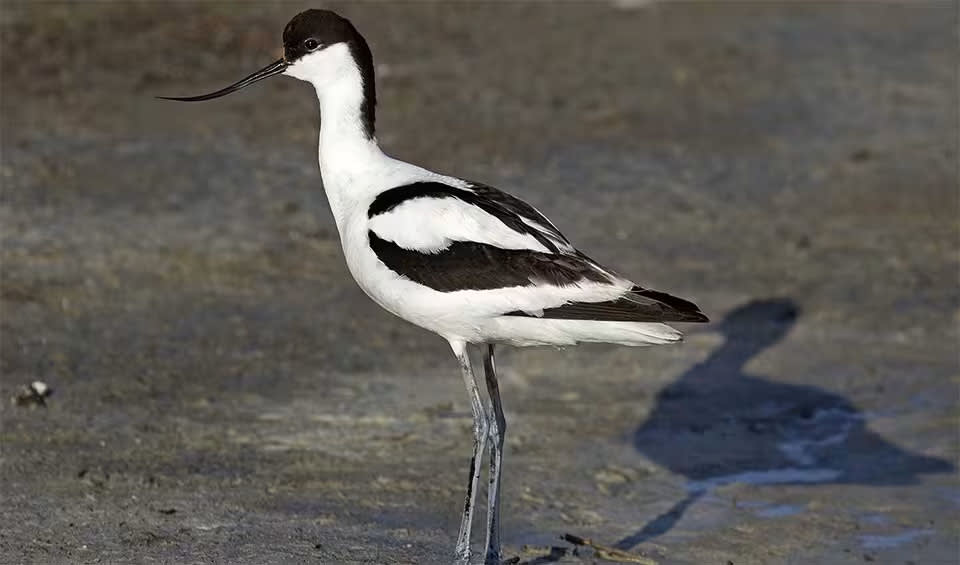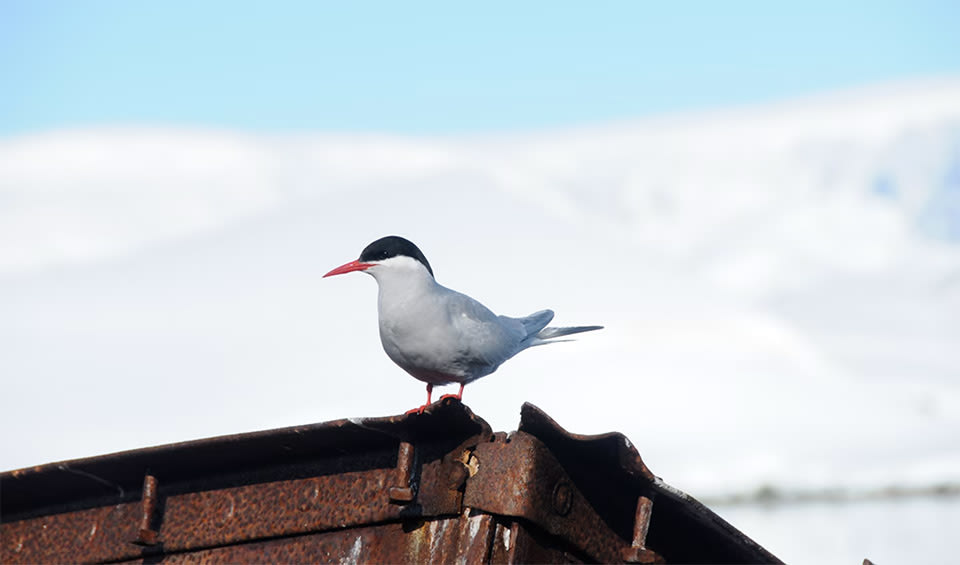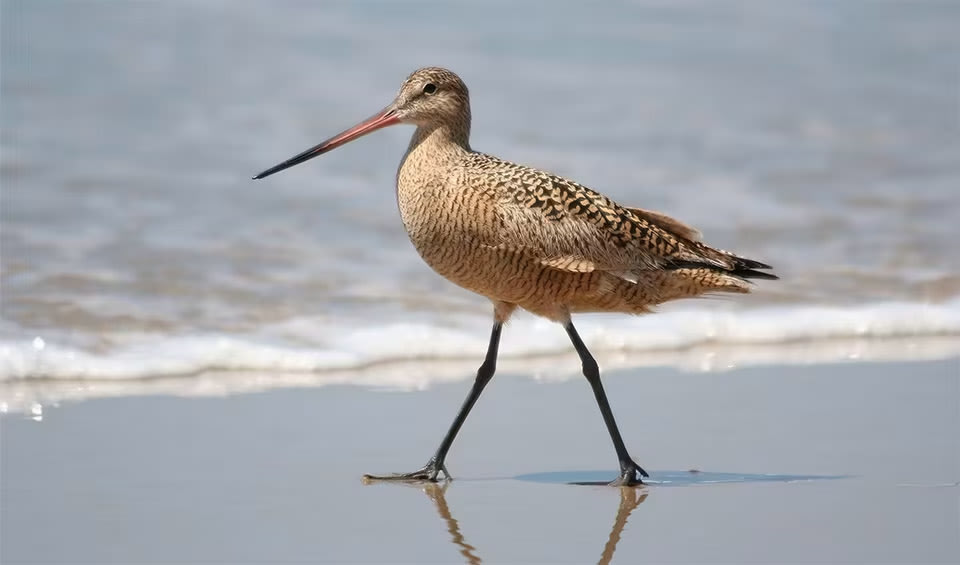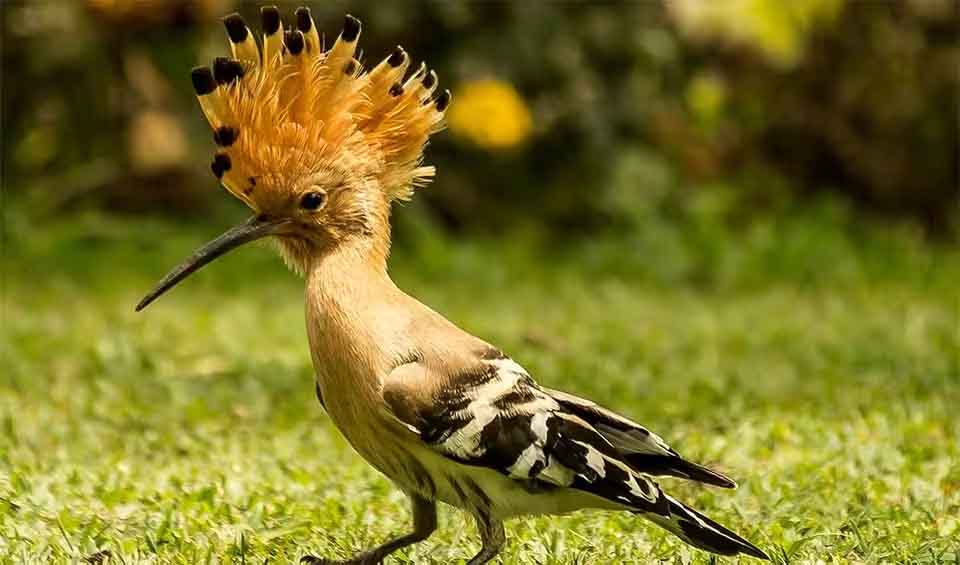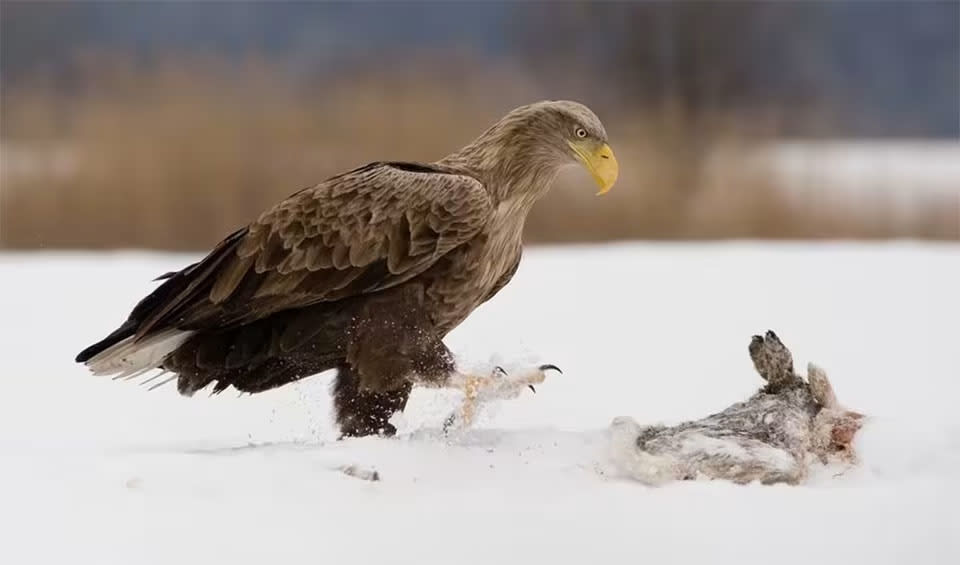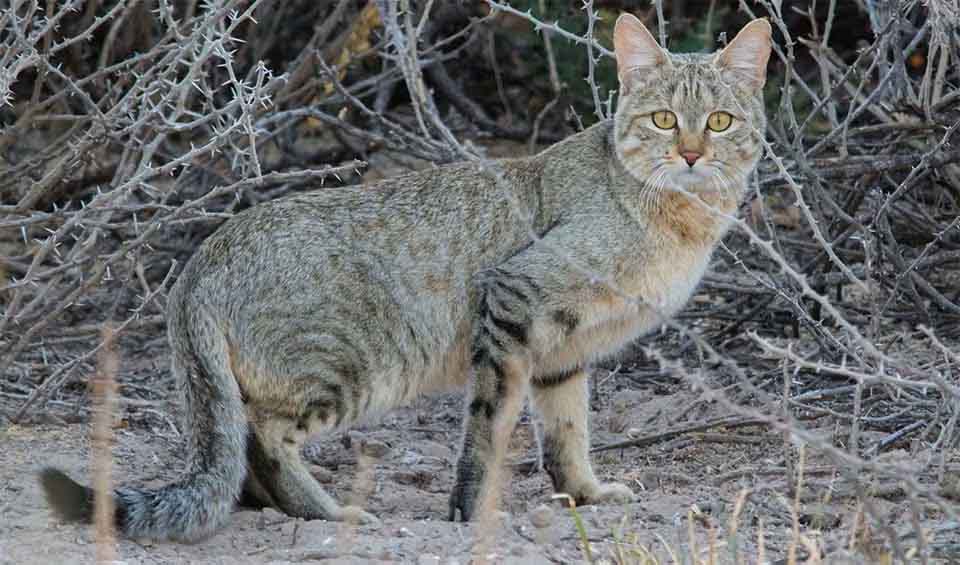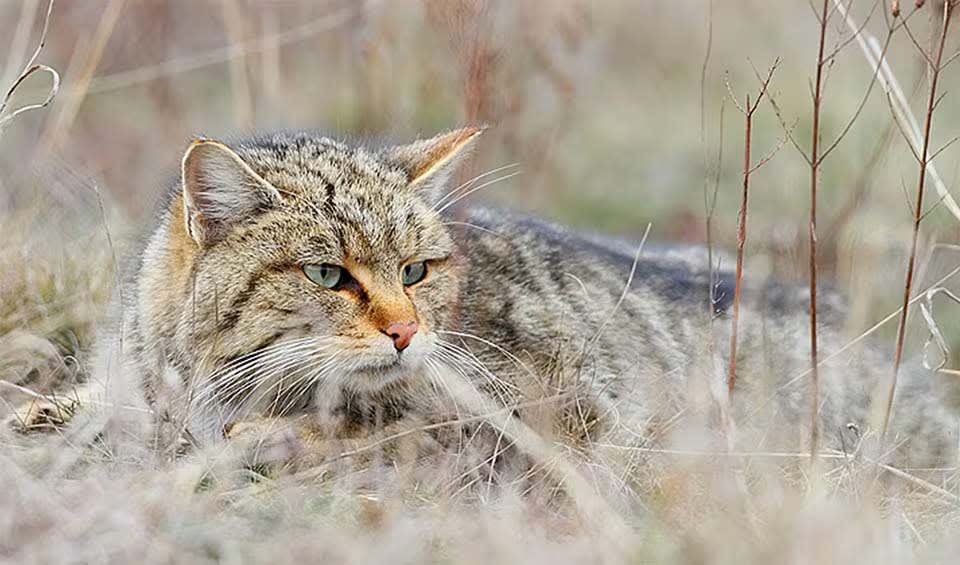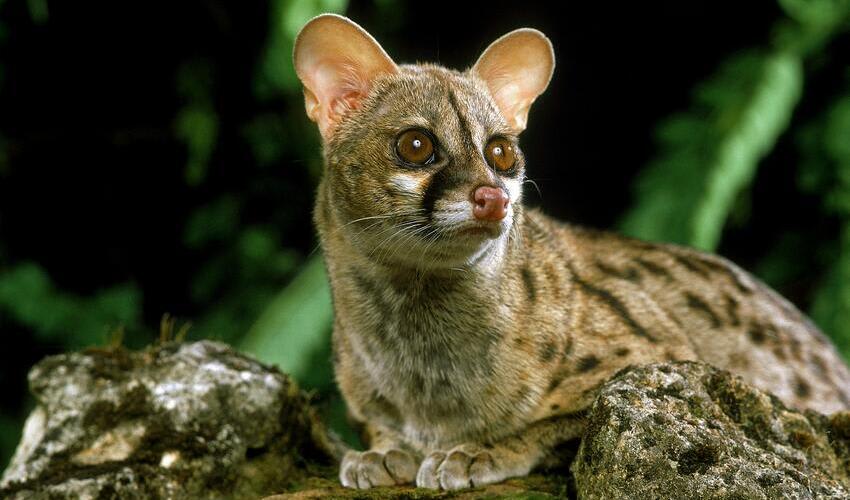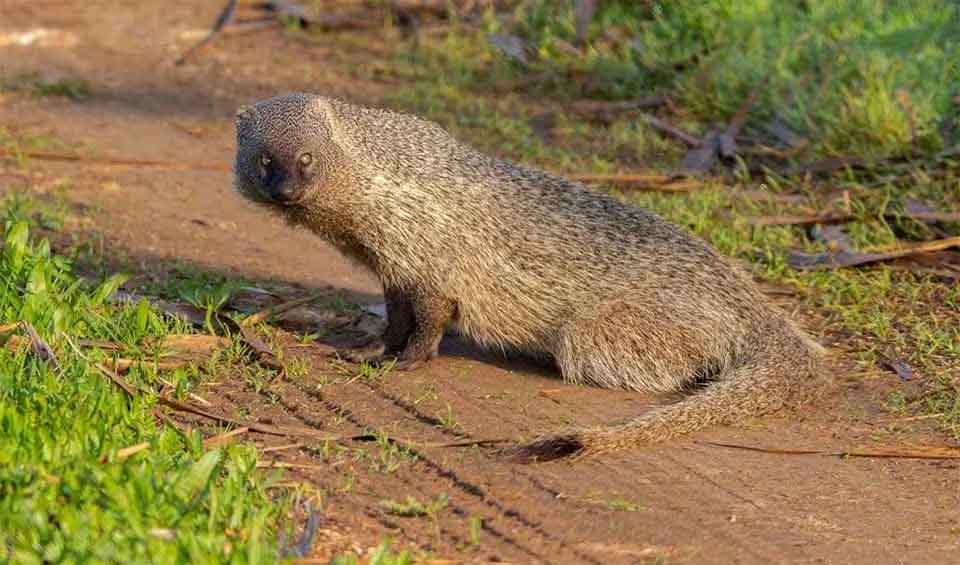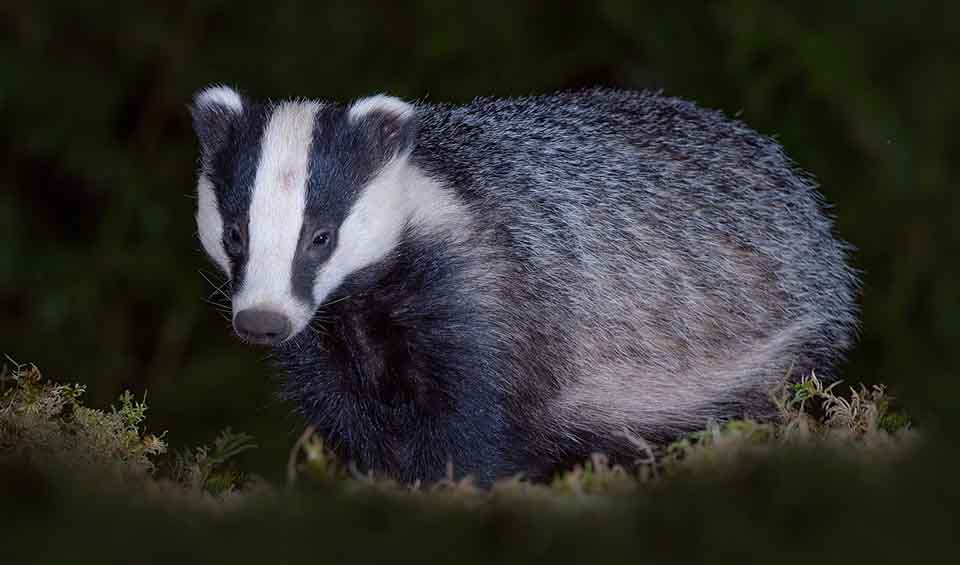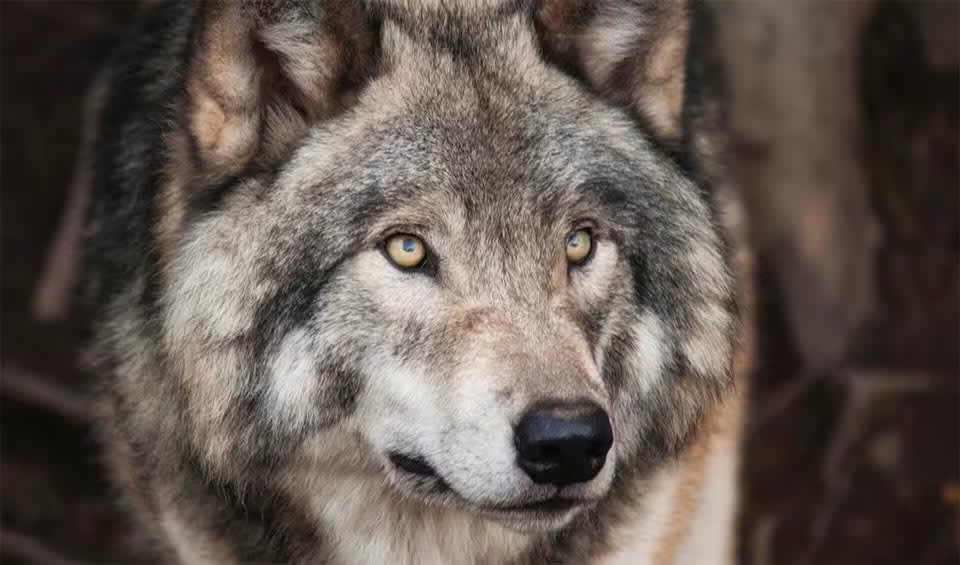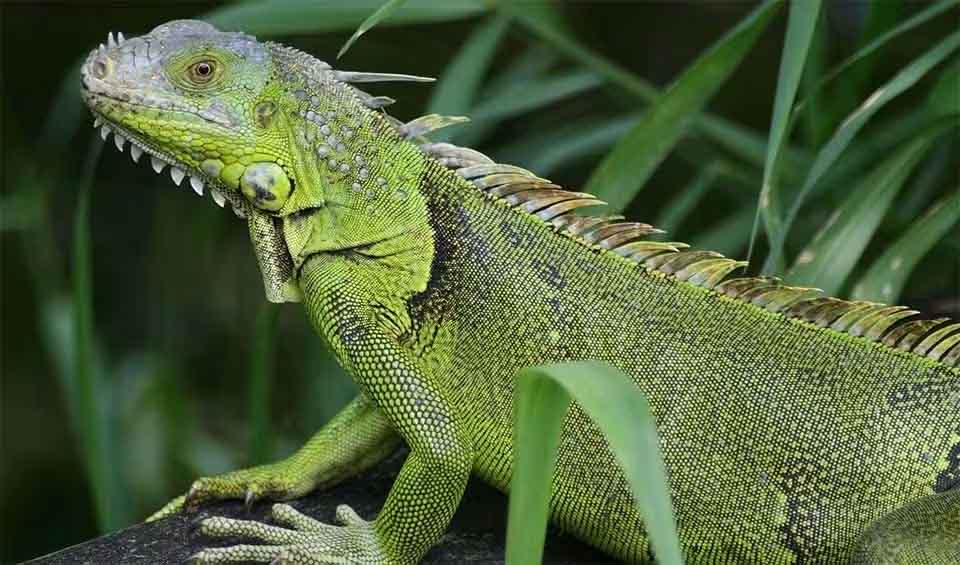Search for Spain
Northern bottlenose whale
Despite the name, it’s a beaked whale—not the famous bottlenose dolphin
Bearded seal
Each whisker is packed with nerves, so they can “feel” food hidden in mud without seeing it
Brown rat
Can squeeze through shockingly small gaps if their head fits
Eurasian pygmy shrew
One of the smallest mammals in the world, and yet it lives one of the most intense lives
Largetooth sawfish
The only sawfish known to spend long stretches of its life in freshwater lakes, not just rivers or coasts
Atlantic salmon
Travels with nature’s GPS: a magnetic compass and a nose that never forgets home
Scalloped hammerhead
Their skin actually darkens, just like a sunburn!
Common chameleon
A reptile that can mimic the hues of nature and capture its feast with a tongue that’s like a thunder
Eurasian eagle-owl
These owls have specialized feathers that make their flight nearly silent
Ruddy shelduck
Has the body of a duck, neck of a goose, and voice of a goose having a bad day
Ruddy turnstone
They flip the script — literally!
European turtle dove
The only long-distance migratory dove in Europe
Wood pigeon
Timid by nature, often flying off at the slightest sign of danger
Roe deer
One of Europe’s oldest surviving deer species
Black swan
Once thought to be mythical by Europeans
Black-crowned night heron
One of the most widespread and adaptable herons in the world
Redwing
In Iceland, its arrival is eagerly awaited as it signifies the end of the harsh winter
North African hedgehog
One of the few hedgehog species that doesn’t hibernate regularly
Steppe eagle
The treasured bird of Saladin, the first Sultan of Egypt
Greek tortoise
The mosaic-shelled marvel of the Mediterranean
Pyrenean desman
One of the few mammals that swims using its back feet, not its front ones
Nutria
Look a bit like a cross between a beaver and a rat
European herring gull
Famous for stealing chips, sandwiches, and even ice cream right out of people’s hands
Hermann’s tortoise
Excellent climbers, capable of scaling rocky slopes and walls with ease
Laughing gull
Once you’ve heard them laugh, it’s hard to forget!
Common ringed plover
This bird taps its feet to imitate rain to make the prey reach the surface
Saker falcon
Their keen vision enables them to scan vast landscapes, identifying small movements or potential prey items even from high altitudes
European mink
Their webbed feet act like tiny paddles, propelling them through the water with surprising speed and agility
Red-footed falcon
Their favorite snack? Large insects like locusts and dragonflies
European hedgehog
The gardener’s best friend, as they will eat up insect pests crawling in the vegetable beds
Little tern
Renowned for their spectacular aerial displays during courtship, including steep dives and intricate flight patterns
Common blackbird
Arguably among the most beautiful songbirds in the world — they enjoy singing after a rain shower
Common crane
The flocks of this social and gregarious bird are fond of migration, flying over the horizon and creating a V-shaped formation
Goosander
Its long, serrated beak, often called a “sawbill,” is perfectly adapted for catching slippery prey like fish
Montseny brook newt
One of the most narrowly distributed amphibians in the world, making it both a natural marvel and a conservation priority
European roller
Loves trees! Only member of its family breeding in Europe
Common frog
It is one of the most widespread and familiar amphibians in Europe
Eurasian oystercatcher
The masters of catching oysters, clams, and cockles
European starling
Brilliant mimics, they can copy bird calls and even human-made sounds like car alarms and ringing phones!
Pond slider
Got their name from their ability to quickly slide off logs or rocks into the water when they feel threatened
Lesser black-backed gull
A common sight in coastal regions throughout the Northern Hemisphere
Black guillemot
Can withstand harsh winter conditions, often remaining at sea even when the water is frozen
European pine marten
Sometimes called the “squirrels of the weasel family” due to their impressive arboreal abilities
Goblin shark
Its appearance is what really sets it apart—it looks like something straight out of a science fiction movie
White-faced whistling duck
Loud birds with a distinct three-note whistling sound
European pond turtle
At the first sign of danger, it will quickly dive into the water and hide
Rock ptarmigan
A bird that can change its color to match its surroundings!
European goldfinch
Can hang upside down while feeding!
Red-rumped swallow
Amazing flyers — they can even drink water while they’re flying!
Common pochard
Can dive down to the bottom of a lake and rest there, safe from predators!
Eurasian skylark
They might not look like much, but they have an incredible talent: singing!
European pied flycatcher
Males are particularly eye-catching with their black and white plumage, looking like they’re wearing a little tuxedo
European Robin
Can be quite friendly and will often come close to humans, especially if they’re offered food
Great white pelican
Underneath this colorful beak, there’s a hidden surprise – a built-in net for scooping up a delicious lunch!
Hooded seal
Only males possess a unique, inflatable, balloon-like nose that they can inflate into a large red shape
Ladder snake
Doesn’t have venom, so you don’t need to worry about it if you see one
Garden dormouse
You might mistake it for a big squirrel, but it’s smaller and has a more delicate appearance
European hare
Unlike rabbits, they don’t live in burrows, instead, they make shallow nests in the grass called forms
Greater noctule bat
The biggest bat you can find in Europe, with wings that can stretch out as wide as your arm!
Green anole
Really good at climbing trees and fences because their feet have special sticky pads that help them stick to almost anything!
Northern bald ibis
Considered a sacred bird by ancient Egyptians, often depicted in their art and mythology
Goldcrest
A tiny bird, one of the smallest in fact!
Barn swallow
Most common and widely distributed swallow globally
Demoiselle crane
The smallest of all the crane species and is known for its elegance and grace
Northern lapwing
Very active and noisy, with a loud, piercing call that sounds like “pee-wit”
Cyprus warbler
Its unique song is a cheerful, bubbly melody that’s a delight to hear
Common nightingale
Often called the “singer of the night,” it produces a complex and beautiful melody that has captivated people for centuries
Lesser grey shrike
Have been observed remembering the locations of their impaled prey and even using tools to help them catch food
Marsh frog
Quite noisy creatures which is a common sight in wetland areas
Natterjack toad
Instead of hopping like other toads, they have a funny little walk, almost like they’re running!
Common parsley frog
Green amphibian that’s really good at hiding, usually no bigger than your hand
Marbled newt
When winter comes, they bury themselves in the mud and basically freeze solid!
European asp
With its triangular head, distinct from its neck, and vertical pupils, it’s easy to recognize
Marginated tortoise
Its shell is a beautifully patterned dome that offers both protection and style
Smooth snake
Can live for several decades under the right conditions, but grow slowly and only reach maturity after several years
Rüppells vulture
Once found flying 11,300 meters (37,100 ft) high, sadly, this was more of an accident than a discovery
Great hammerhead
The biggest of all the hammerhead sharks, with a massive head that looks like a giant, flat hammer
Common wall lizard
What makes them really interesting is their skin – it’s covered in lots of little bumpy scales, like tiny pearls
Yellowfin tuna
Popular food fish, prized for its mild flavor and firm texture
Common bottlenose dolphin
Known for their acrobatic leaps, twisting and turning gracefully as they jump completely out of the water
Common dolphin
Often seen riding the bow waves of boats or performing acrobatic leaps out of the water
Mute swan
Known for their graceful movements and the distinctive “S” shape of their neck
Spanish imperial eagle
One of the rarest and most endangered eagle species in the world
European rabbit
They spread faster than any other colonizing mammal in the world
Wood mouse
Often lives close to humans and is sometimes seen as a pest
Whooper swan
Very loyal partners! Once they find a mate, they usually stay together for life
White-headed duck
Their stiff, upright tail feathers aid them in swimming and diving
Common toad
A warty amphibian with golden eyes
Spiny toad
Covered in small, bumpy warts that can even have sharp points
White-throated dipper
Can walk along the riverbed using its wings to stabilize itself against the current
Common pheasant
One of the most hunted, widespread, ancient, and well-known game birds
American bullfrog
Introduced to many regions where it is now considered an invasive species
Mandarin duck
Revered in many cultures for their beauty, grace, and symbolism of love and fidelity
Little egret
During breeding, they transform with elegant white plumage, adorned by decorative plumes on the head, neck, and back
Egyptian goose
They were commonly depicted in art from ancient Egypt
Eurasian blackcap
The males, in particular, produce a rich and intricate song that contributes to their charm
Common redstart
They consistently display a restless demeanor and exhibit a distinctive, tail-trembling behavior
White wagtail
Holds cultural symbolism in some societies, representing good luck
Eurasian kestrel
Adaptable raptor known for its hovering hunting technique and striking appearance
Common chiffchaff
Their migratory behavior is often linked to the availability of insects for food
European stonechat
Recognizable by their distinctive and familiar call, resembling the noise of small pebbles colliding, creating a “tak tak” sound
Shortfin mako shark
Speed and power embodied, they rule the seas with their sleek bodies and jaw-dropping leaping prowess
Basking shark
Majestic giants of the sea, they peacefully glide through the ocean with mouths agape, filtering the waters for sustenance
Oceanic whitetip shark
Opportunistic predators of the open ocean, their aggressive and persistent feeding behaviour strikes fear into the hearts of their prey
Bull shark
Fearless and formidable, these aggressive predators command respect in the waters they roam
Great white shark
Majestic ocean predators, embodying power, speed, and precision in their pursuit of prey
Loggerhead sea turtle
One of the largest and strongest sea turtles in the world
Ocellated skink
Stands out with its striking ocelli, or eye-like markings, that adorn its sleek body
Mediterranean house gecko
Resilient creature that can thrive in human-dominated environments
Eurasian beaver
The furry flat-tailed mammal that builds its own aquatic empire
Red fox
Ladies and gentlemen, please welcome the world’s most widely distributed carnivore!
Iberian lynx
It was on the brink of extinction only 20 years ago; now, the population is reviving thanks to conservation measures implemented
Common kingfisher
Possessed with special visual adaptations to catch fish
Eurasian otter
Fiercely territorial, marking their territory with scent to communicate with other otters
European mole
A tiny creature that dwells below the surface in a complex system of tunnels and burrows
European bison
Habitat destruction & overhunting led to extinction in the wild, now gradually being reintroduced
Etruscan shrew
Meet the world’s smallest mammal but a fierce predator
Brown bear
The second largest bear, right after the polar bear. Sadly, it well might top the list soon
Kuhls pipistrelle
Their population distribution is often associated with human settlements as they are comfortable in both agricultural and urban habitats
Egyptian fruit bat
They hold their food tightly and closely to their bodies while feeding, preventing the food from being stolen by other bats
Greater horseshoe bat
These elegant acrobats perform a perfectly timed and skilled somersault as they approach their chosen resting site
European free-tailed bat
Their muzzle has wrinkled lips, which makes them look like a dog’s face, and is commonly called a bulldog bat
Least weasel
The smallest carnivorous predator in the world and so have limited fat stores and need to eat more than 50% of the body weight
Stoat
A small, fierce predator known for its agility, hunting skills, and color-changing fur
Great cormorant
Due to their adaptability and willingness to migrate to more favorable habitats, great cormorants are found worldwide
Brown booby
An impressively acrobatic bird that can catch flying fish mid-jump
Barn owl
The most cosmopolitan of owls with home ranges extending across the globe
Little owl
Aptly named after the goddesses of wisdom and war, little owls have lived alongside human civilizations since 500 BC
Pin-tailed sandgrouse
This bird looks like a modern mosaic art-piece
Rose-ringed parakeet
If you ever forget the tune of a song, don’t worry; this bird has your back
Wilsons storm petrel
This species is found in all world oceans except the north Pacific Ocean
Leachs storm petrel
These petrels stylishly ride the ocean waves like they own the winds
Manx shearwater
Impressive flights but clumsy walking on the ground are observed in these birds due to awkward legs
Little grebe
This cute and small bird is one of the most elite hunters below the water’s surface
Syrian woodpecker
One of the only birds that can drill a hole in the hardest of wood
Lesser flamingo
This bird holds a Guinness book of world records to its name
Greater flamingo
The iconic and elegant bird with a curved pink bill is known for turning heads
Red-billed tropicbird
Professional marine forecasters to optimize breeding success and prey availability
Eurasian spoonbill
This bird is unmistakable for its namesake, spoon-shaped bill
African sacred ibis
The fossil records suggest that this species has been on this planet for millions of years
Glossy ibis
These birds seem to have lost their way to the beauty pageant
Gray heron
Exhibit powerful flight, with distinctive slow wing beats and an extended neck, defining features during their aerial movements
Purple heron
Its neck is insanely long and super flexible, giving it a slinky, snake-like appearance when it hunts
Great tit
The songbird that occasionally eats bats
Alpine / Yellow billed chough
The master aerial diver and swooper
House sparrow
The most widely dispersed wild bird
Marsh warbler
One of the best avian vocal mimics
Eurasian coot
Like those bulging red eyes weren’t scary enough, they eat their innocent chicks when hungry
Common moorhen
Living around smelly brackish marshes is unthinkable, but these birds love their isolated habitat or don’t have a sense of smell
Arctic loon
The most numerous wild bird species in the world
Helmeted guineafowl
Native to Africa, it is the best-known bird of its family, broadly introduced as domesticated species
Willow ptarmigan
Most common of the Galliformes in the wild habituating subarctic Tundra can tolerate brutally cold winters
Chukar partridge
The national bird of Pakistan and Iraq is known to improve degraded ecosystems by aiding in the dispersal and germination of seeds
Gyrfalcon
Largest of falcons: can grow up to 60cm (2 ft) in height
Peregrine falcon
At the speed of over 321 km/h (200 mph), this bird outraces a Formula1 car
Marabou stork
This Nature’s cleaners are the largest & heaviest living stork
Yellow-billed stork
As the name suggests, this whitish stork has a bright red face and a distinctively long yellow bill
Black stork
The stork with the widest geographic range
White stork
The folktale bird that brings the babies!
Pied avocet
One of the very few birds with an upturned bill
Black-winged stilt
Elegant long-legged wader, common almost worldwide
Eurasian stone-curlew
One of the bigger waders with a reptilian eye
Great skua
Jack Sparrow of the bird kingdom
Common murre
The penguins that can fly
Atlantic puffin
This incredible bird can hold up to 30 fish in its beak at once
Arctic tern
This bird can give any cross-country runner a run for their money
Common tern
This bird holds the record of the longest distance flown by any bird in recorded history
Black-tailed godwit
The most elegant of all godwit species
Common swift
These enthusiastic travelers can be seen almost worldwide in different seasons
Eurasian hoopoe
Dependable wings and a muscular build. Nope, we aren’t talking about the next Redbull ad campaign
Bar-headed goose
These hardy birds are capable of flying at dizzying heights, where even helicopters can’t fly
Wood duck
The red-eyed hipsters of the duck world
Mallard
This invasive species is the ancestor to most of the modern ducks
Egyptian vulture
A highly intelligent species that is the world’s only tool-using vulture with a long migratory range
White-tailed eagle
Extinct and reintroduced – What’s the story behind these so-called ‘flying barn doors’?
Golden eagle
This majestic brown raptor is most widely distributed eagle species
Western marsh harrier
The yellow-eyed devil
Eurasian sparrowhawk
Better call the ambulance before the Sparrowhawk comes to devour all those who are injured
Common buzzard
They eat just about everything — rabbits, rodents, birds, carrion, earthworms, insects… even beetles get a look-in
Short-toed snake eagle
A magnificent migratory bird with long, broad wings and a short tail that sings in the form of musical whistles
Bearded vulture
The only living creature that feeds on bone marrow from carcasses in high and inaccessible mountain areas
Cinereous vulture
Largest soaring vulture in the sky with extremely broad wings that assists an important role in nature as “clean-up” team
Osprey
One of only six land-birds with a cosmopolitan distribution habituating all continents except Antarctica
Harp seal
Named after the black, curved marking on their backs that resembles a harp!
Eurasian Griffon
Most social vultures with 12 distinct types of vocalization
Harbor seal
Slows the heartbeat from 80 bpm to 3-4 bpm before a deep dive; quickly accelerates after surfacing
Walrus
Tusked marine mammals heralding climate emergency!
North Atlantic right whale
Believed to be only seen by scientists for 50 hours in the last 50 years
African wildcat
The direct ancestor of the domestic cat—no wonder why they look so alike!
European wildcat
The ancestors of domestic cats are widespread in Europe, western Asia, and Africa
Lesser white-toothed shrew
Also known as the “musk shrew” due to the strong scent they secrete to mark their territories
Common (spotted) genet
We can rotate our pinnae by 80 degrees!
Egyptian mongoose
Appeared in Egyptian paintings from 300 B.C., it is known as “Pharaoh’s cat” and is considered a holy animal that is housed in temples
Raccoon
‘Raccoon’ comes from ‘arakun’ meaning ‘he scratches with hands’ in Algonquin Indian
European badger
One of the only predators of hedgehogs, thanks to their thick skin and long claws to get past the vicious spines
Wolf
The howl of each wolf is different
Wild boar
They have an elongated and elastic snout that can be used to dig out roots and bulbs
Leatherback sea turtle
The mysterious diver of the ocean is the largest and only sea turtle without a hard shell and scales
Slow worm
You might mistake them for snakes, but they are merely legless lizards
Viviparous lizard
One of the few reptiles that can not only lay eggs but also give birth to live young
Green iguana
From the US down to Brazil, this trans-American lizard is the most common iguana
Spanish ribbed newt
When attacked, the Spanish ribbed newt pushes out its ribs until they pierce through its body!
European green toad
An unusual amphibian that can survive high temperatures and is even quite tolerant to desiccation



